 Real Women Examples
Real Women Examples
Doty’s character is a blend of the many cultures and environments to which she was exposed, and needs to be adaptable to change by location and occupation. Examples of real women 1900-1906 tend to divide into the same 4 (or 5) categories of fashion influence as discussed above: Belle Epoque high fashion, Edwardian Classic (including the “Gibson Girl” Ideal), Work & Sport, Art Nouveau (specialty), and Performing Artists (western or general).

Edwardian Classic, the “Grand Dame” and “Gibson Girl”
Detailed discussion of the Edwardian era is included on the website. In general, the Edwardian Classic fashion style was a very expensive and elaborate, intentionally created visual perception of a woman of grand leisure. Led by the “Grand Dame” hostesses, Edwardian society held lavish teas, balls, tournaments, and sporting events to prove to King Edward and the “in” crowd that they had no need to work.
The Edwardian woman was an ideal set at a time when many women were entering the work force, and becoming physically active. It seemed to be a last effort at culture to keep women in the home, or as icons of beauty. There were extensive and vast rules to belong and participate in Edwardian society, which were followed in Europe and in America.
Edwardian “Grand Dame” (photos 1901 to 1906, including 1904 World’s Fair in St. Louis casual shots and America, Paris, and London fashion of the day
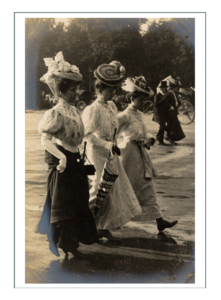
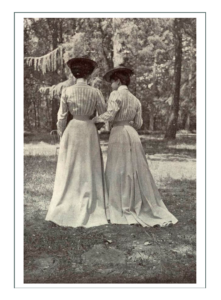
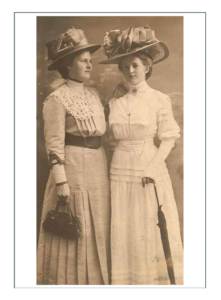
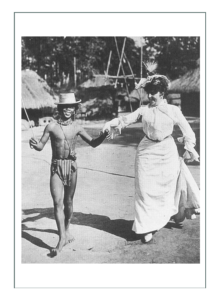
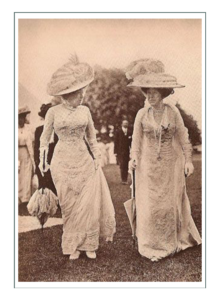
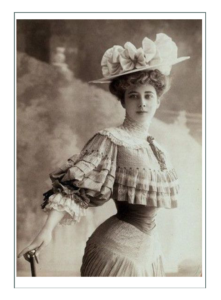
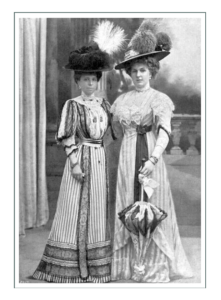
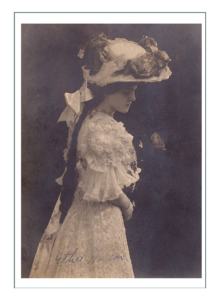
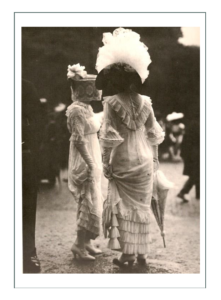
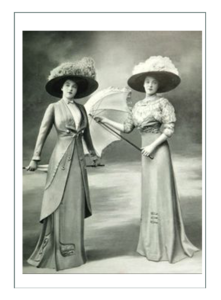
The Gibson Girl was made up by a man who wanted to sell books. He based this “new ideal woman” on his sister (not his wife, although she worked in the background running the business). She was a combination of the girl next door, with the new strong and working woman, but who was sensuous, focused on her man and his needs, always perfect, and never outspoken – even though she was also highly influential in politics and societal affairs in keeping with the Edwardian ideal.
While there was ONE real “Gibson Girl” model (last photo), there were 5-10 at any given time hired by their originator to walk around as live models in parks, societal settings, and anywhere their fashion could be noted and desired.
Key components of the “Gibson” look included large hair with hat, full and voluptuous curves carefully corseted with the “S” curve corset, long flowing gowns in white with lace and/or feminine ornamentation, big eyes, full lips with a pout, and an attitude that was a cross between your best friend’s innocence and the “come hither” that would become the trademark of Mae West in later years.
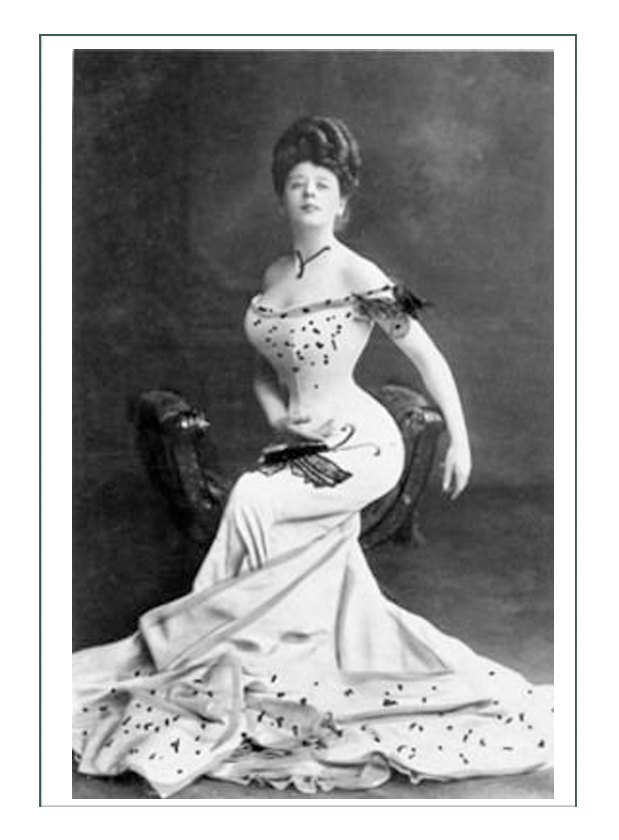
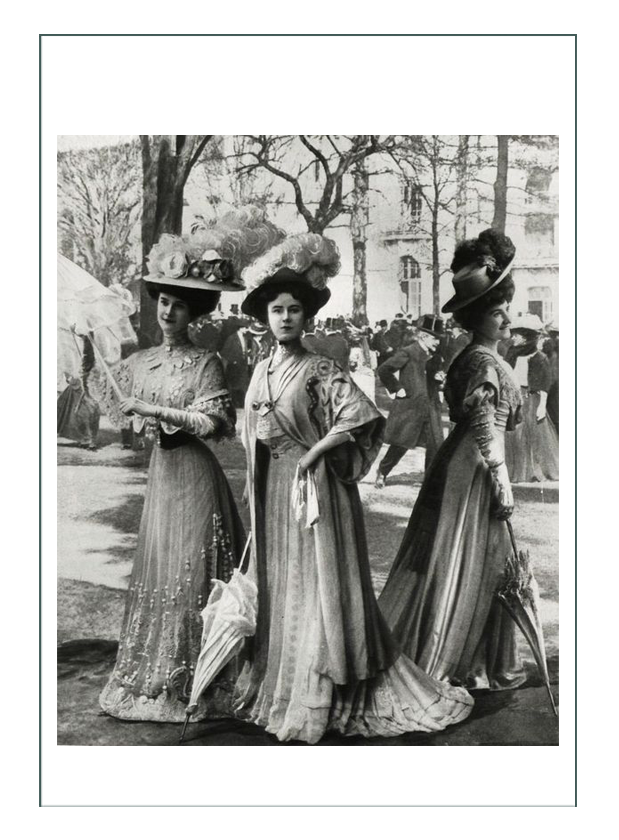
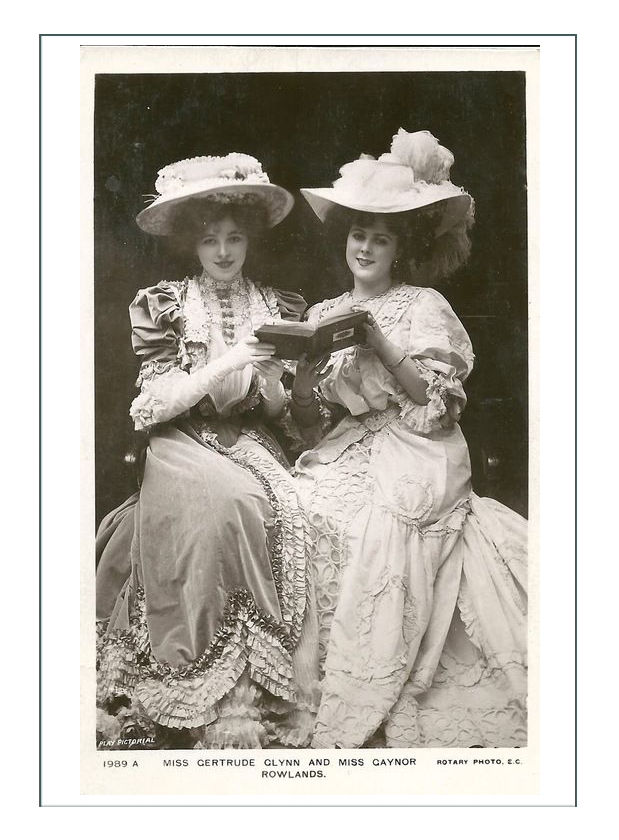
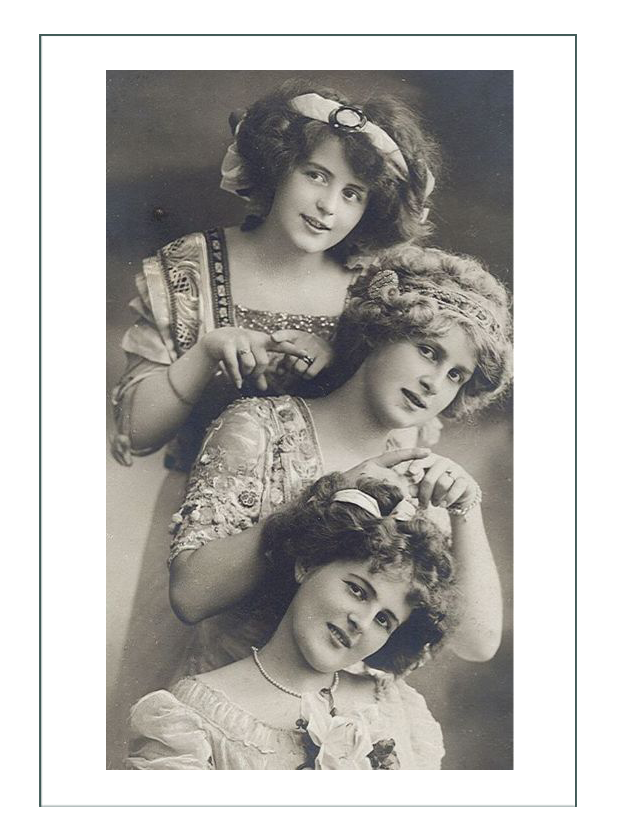
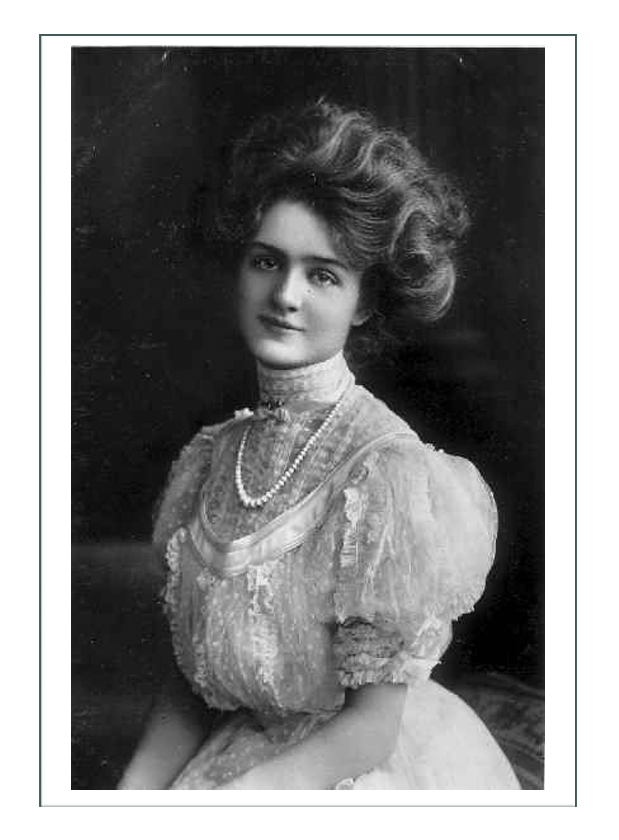
La Belle Epoque was a “counter design” movement that took place in Paris, France. It was made up of key fashion designers who would change the world, and take fashion into the next century.
Many fashions introduced at that time have now become common to contemporary fashion: the narrow skirt with slit, low neckline, princess waistline seen in wedding gowns, elegant wraps, colorful robes and skirts, bright colors, use of laces and rich fabrics, and development of both tailored and boudoir wear. Notable was the influence of asian and eastern fabrics, colors, and textures that had not been widely used prior to this.
Discussed in detail on this website, La Belle Epoque brings to this character a wide variety of choices from the early tightly corseted and hourglass shape of the early Charles Worth designs, to the hobble and tango skirts of Poiret and the lacy confections of La soeurs Collet. From this we can draw inspiration for a completely original design if we wish.
Photos below show 1901-1906; final image being 1910 showing the drop in waistlines. Extreme styles from this era are not included because they do not meet the #1 requirement of the costume development above (stands out typical of the era, and does not look modern) because they look very much as one would find evening wear today.
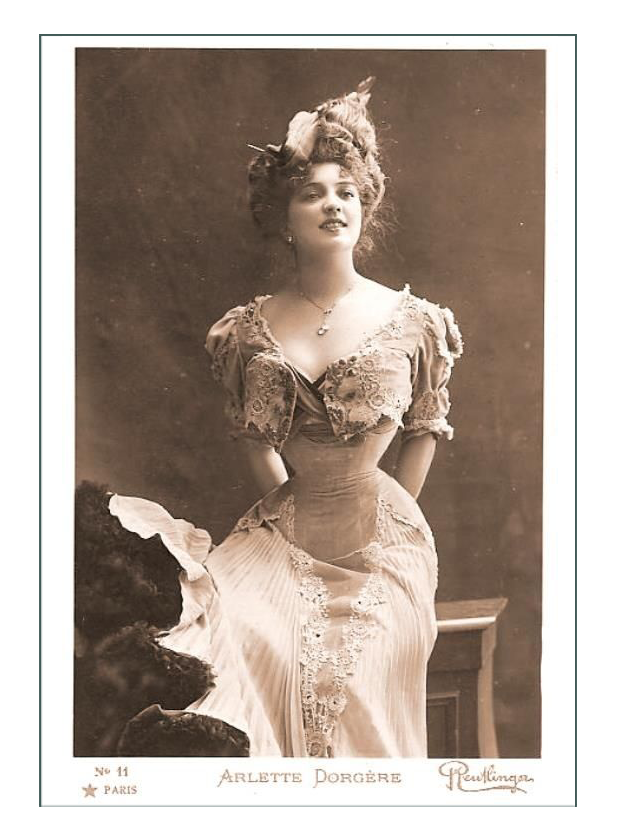
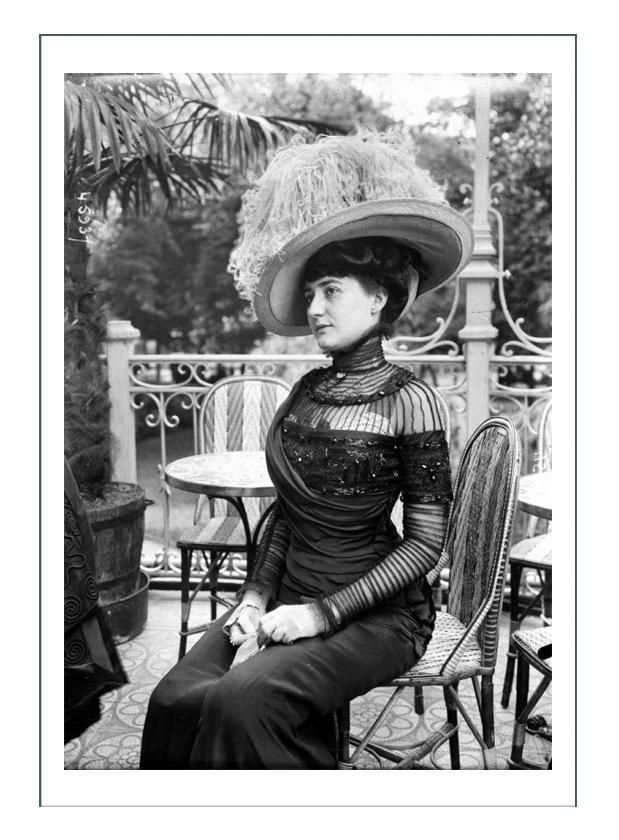
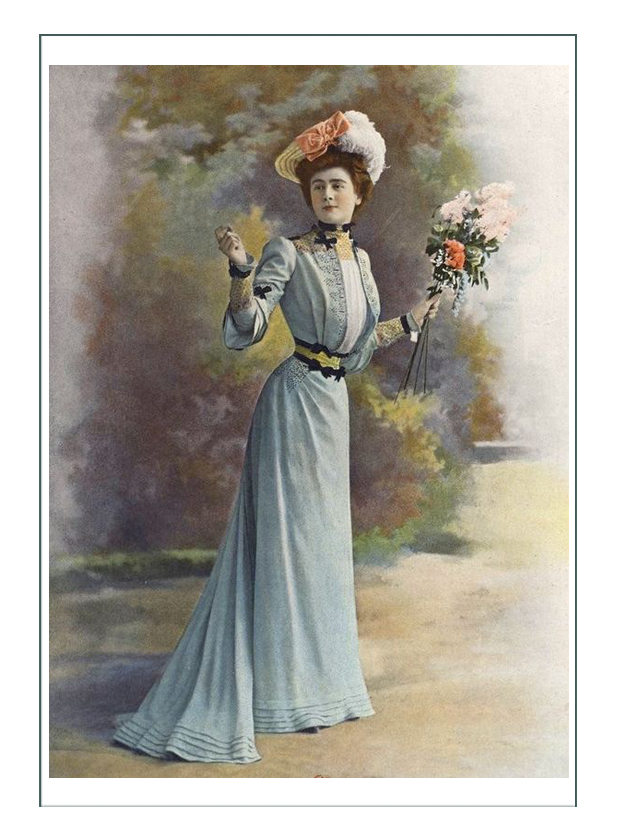
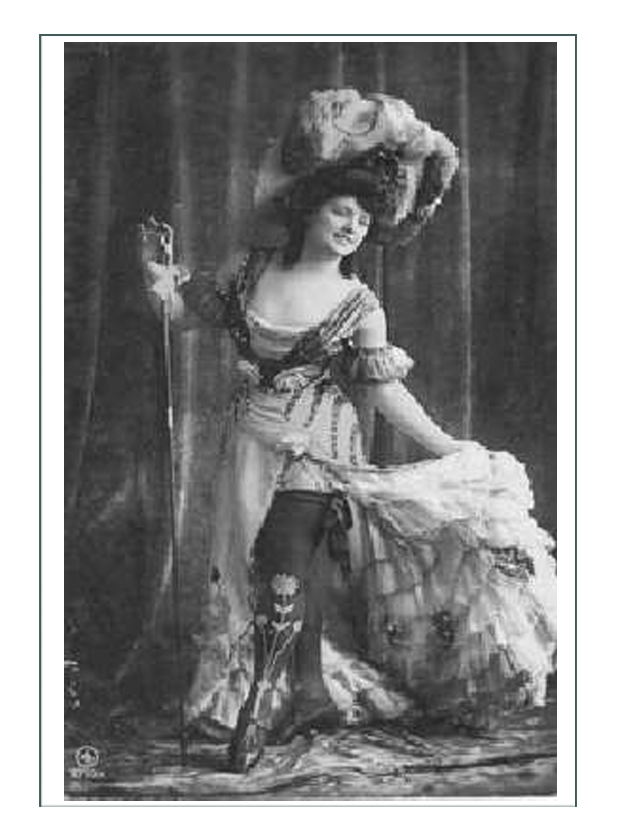
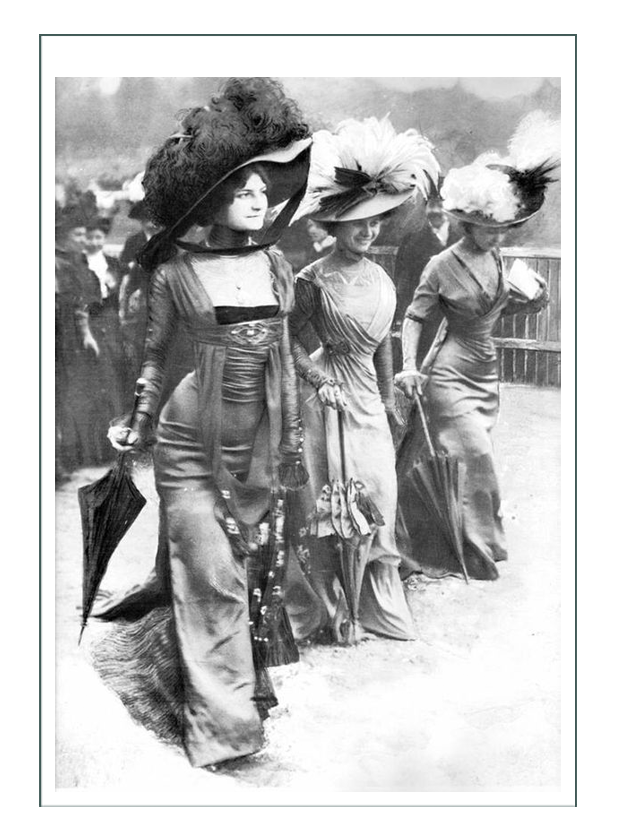
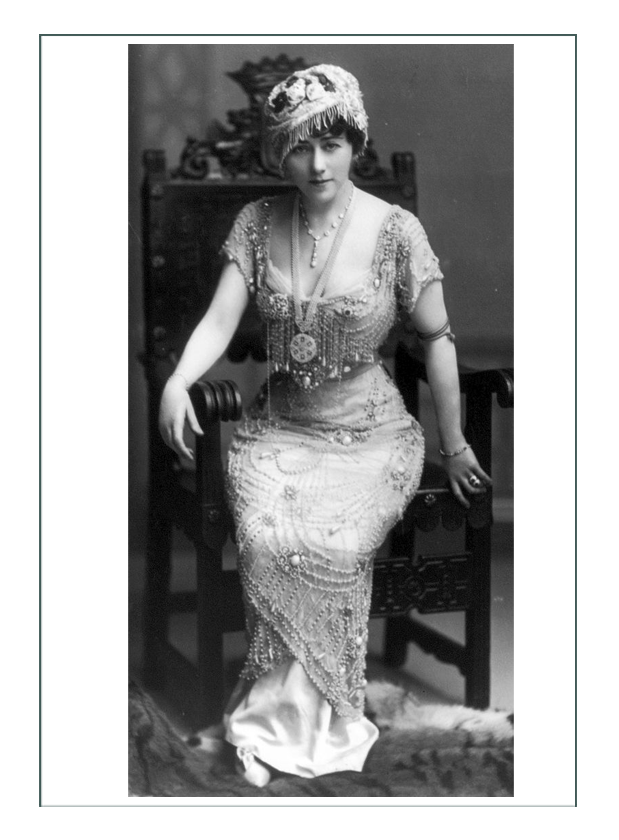
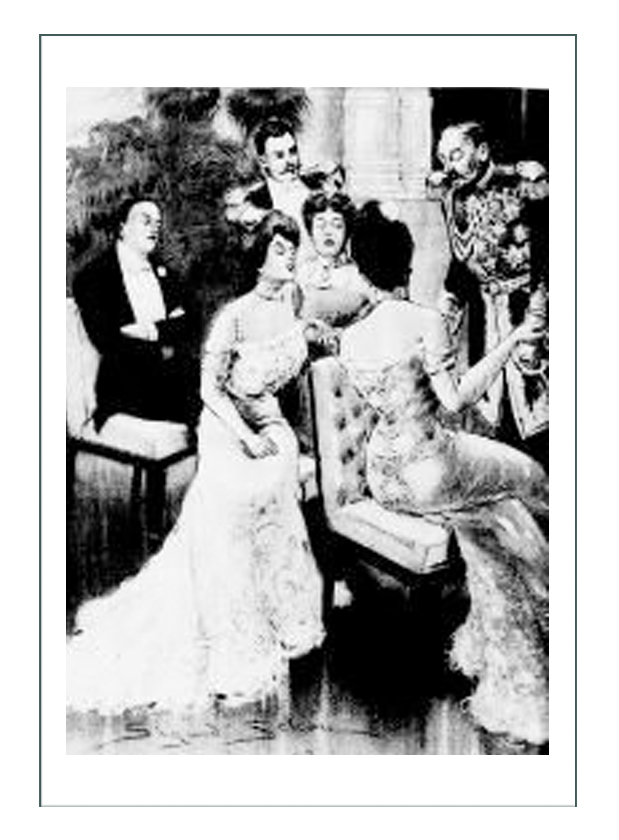
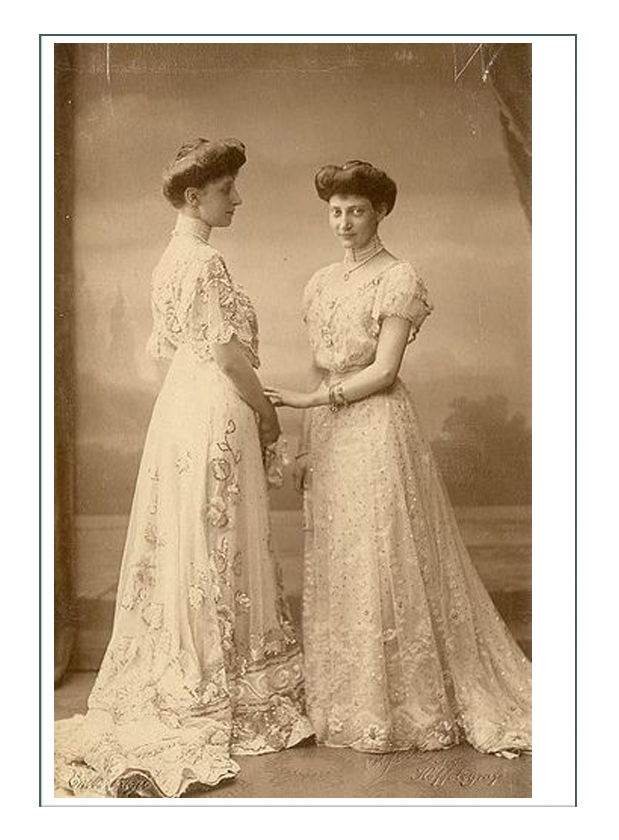
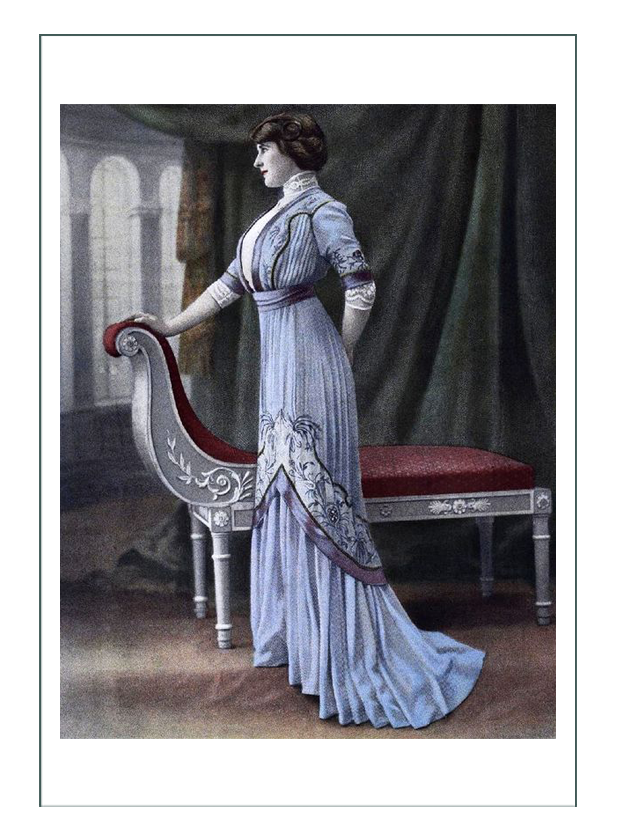
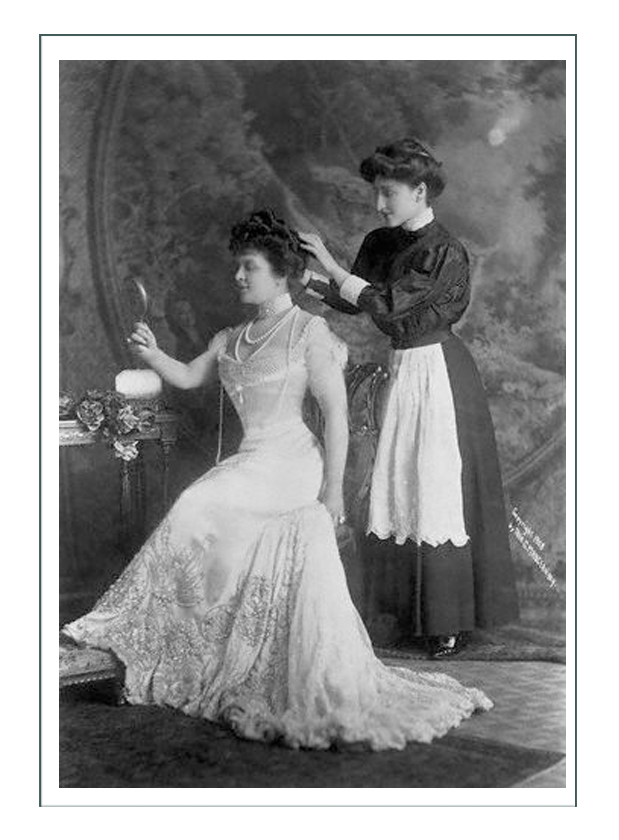
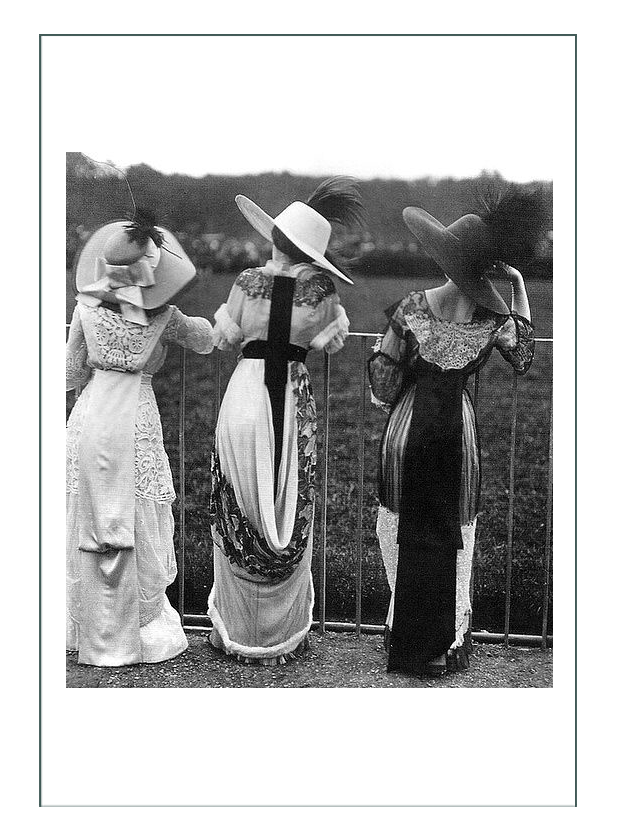
Art Nouveau was a sub-category of both Edwardian and Belle Epoque. It was applied more to textile design and production than to actual fashion or ensembles, although it is seen in extensive trims and layout.
The objective of the Art Nouveau movement, which came on the tail of the Arts and Crafts which dictated quality design and production in contrast to mass production of the time, was to bring natural forms into all forms of art that would include organic “whips” and plant depictions in simple and easy to understand forms that were based on wood block prints of an artist called Beardsley. In fashion, this meant high quality, hand-made garments with attention to detail and ornamentation, the same as one would built a building, lampshade, or chair.
For this depiction, elements and ornamentation may be use, but the basic premise of the design is too similar to contemporary art to be recognizable.
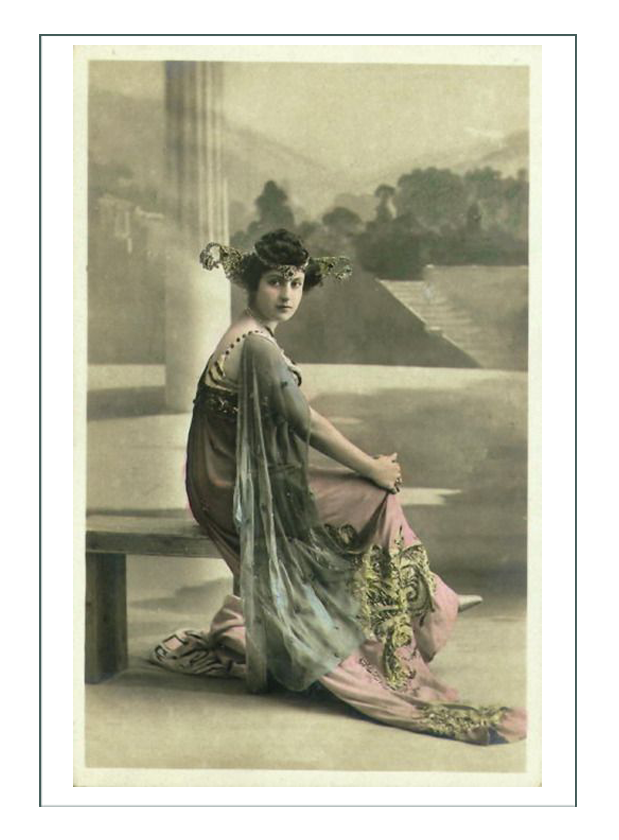
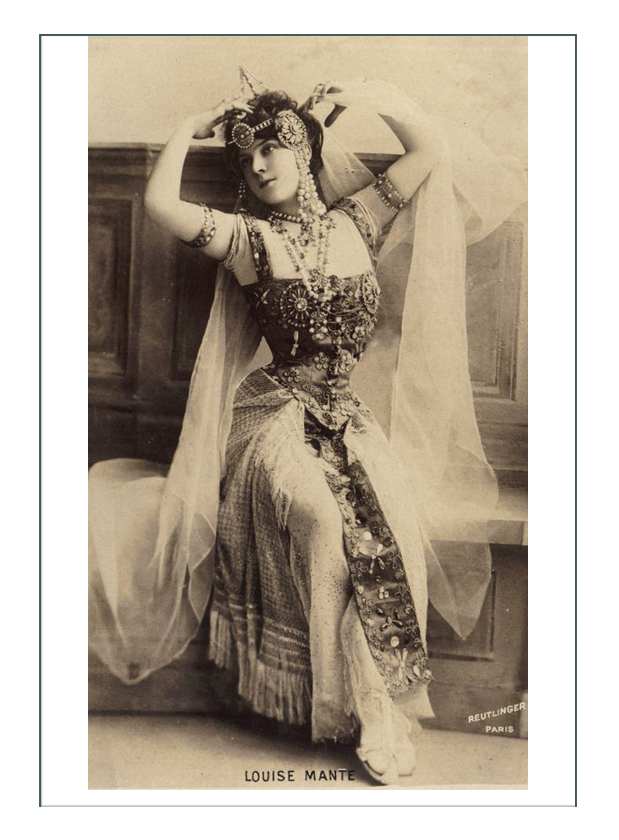
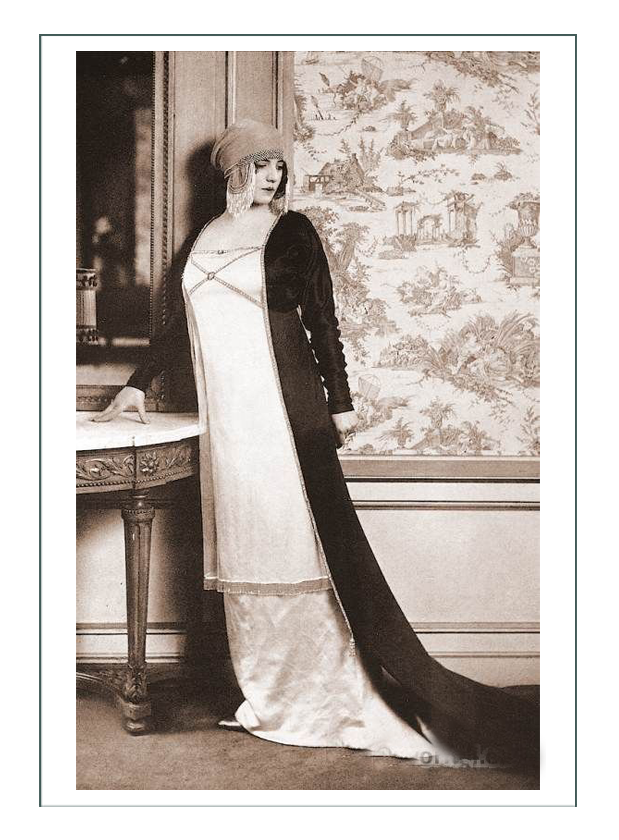
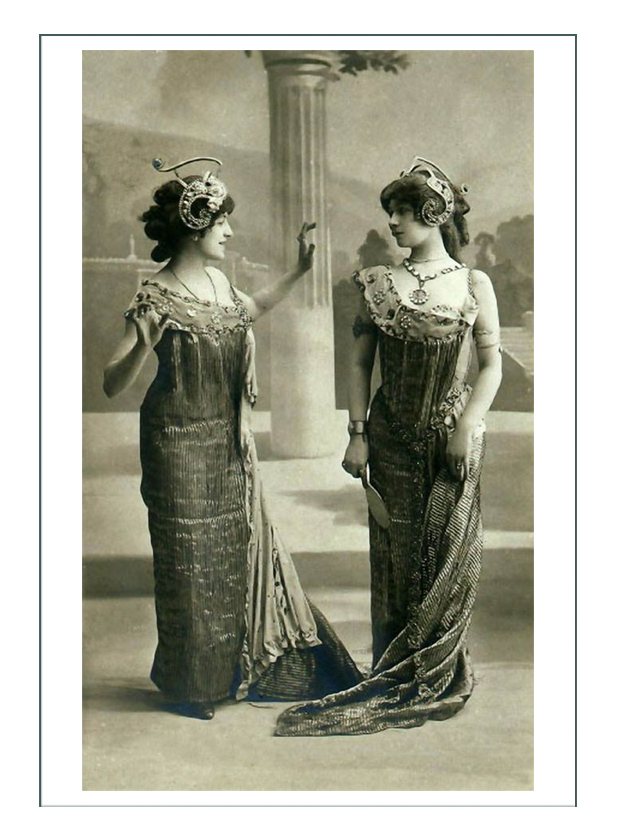
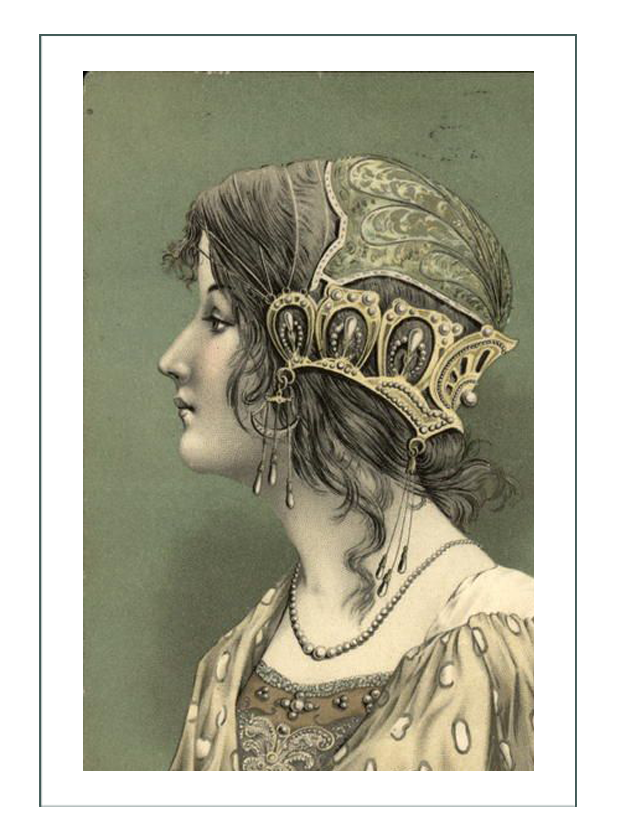
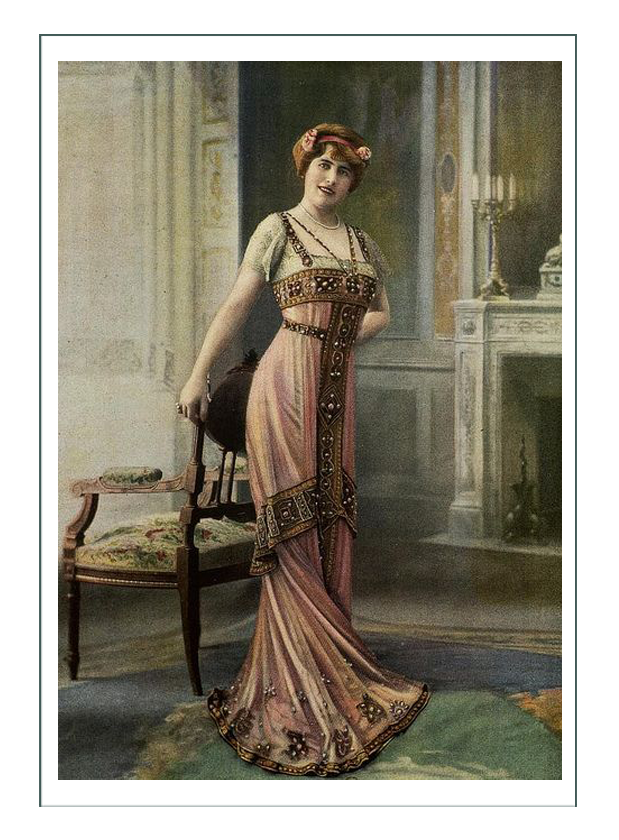
The Working Woman is the next category for consideration. The 2 piece and then the 3 piece suit had been introduced by Belle Epoque designer Redfern, who specialized in yachting wear. It’s application expanded from sports into the working world and world of travel.
Because of this character’s crossover between regions and places, and because the “suit” crosses over in use, this is an area to be considered carefully, as it can be adapted to high (or “low working”) style as easily as fit within Edwardian rules for leisurely pursuits with “fluff and stuff”, works well with accessories (hats!), and is practical for today’s use in all climates.
Interesting fact discovered. Teens of the era played “Stacking”, as depicted below.
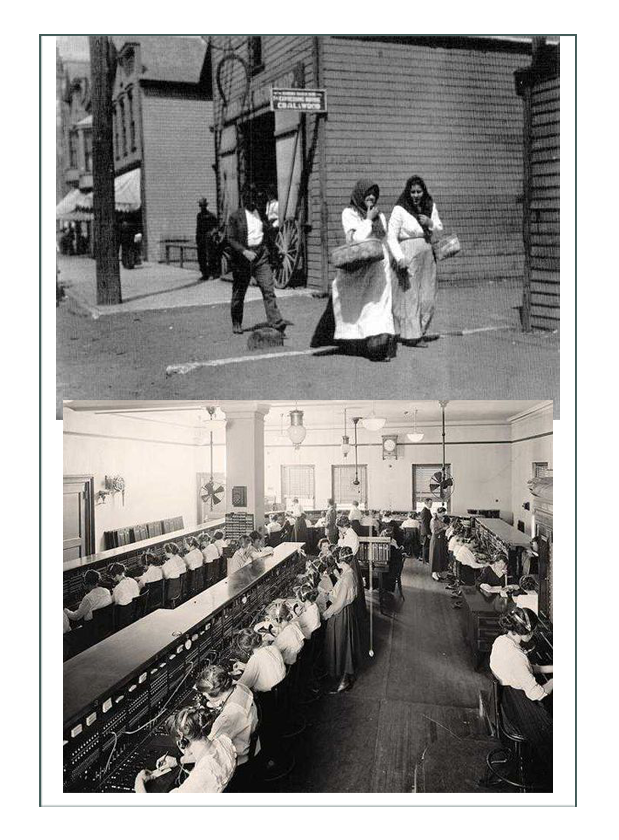
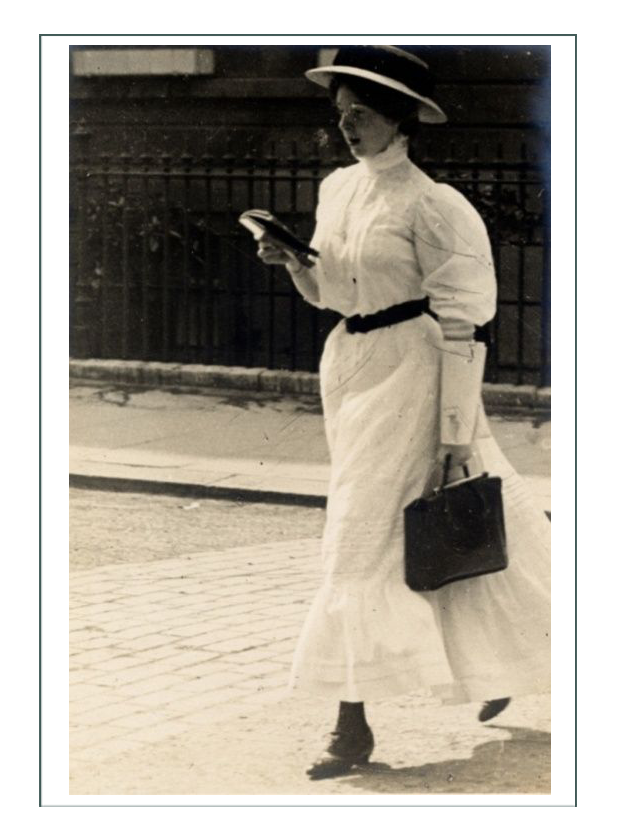
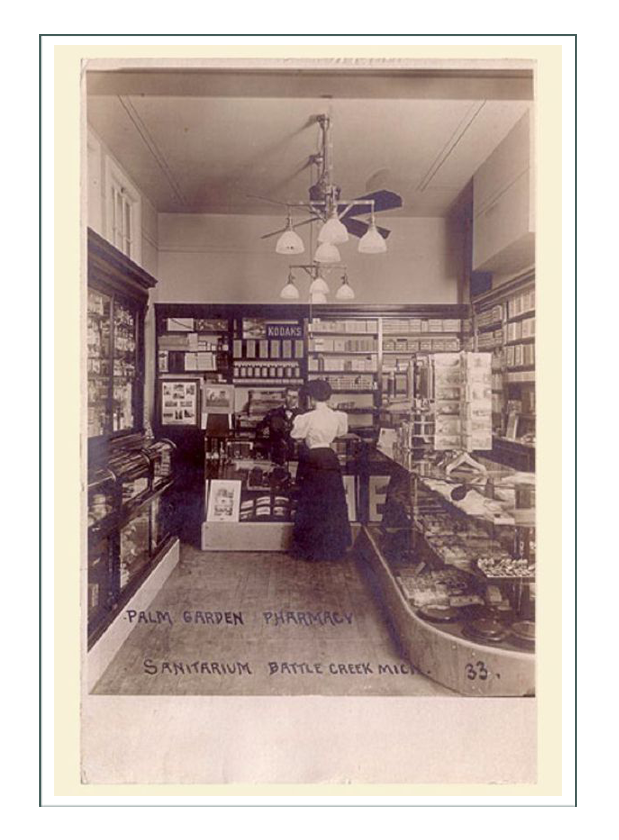
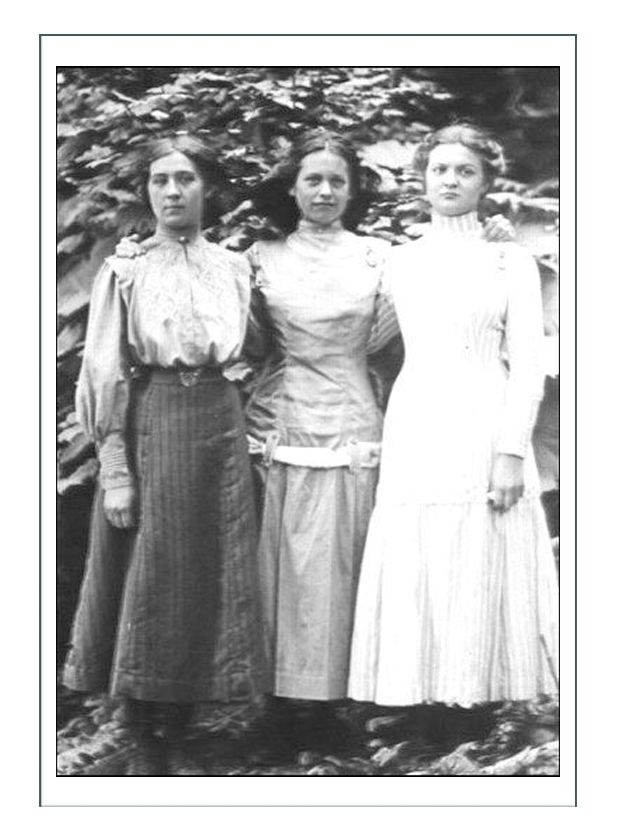
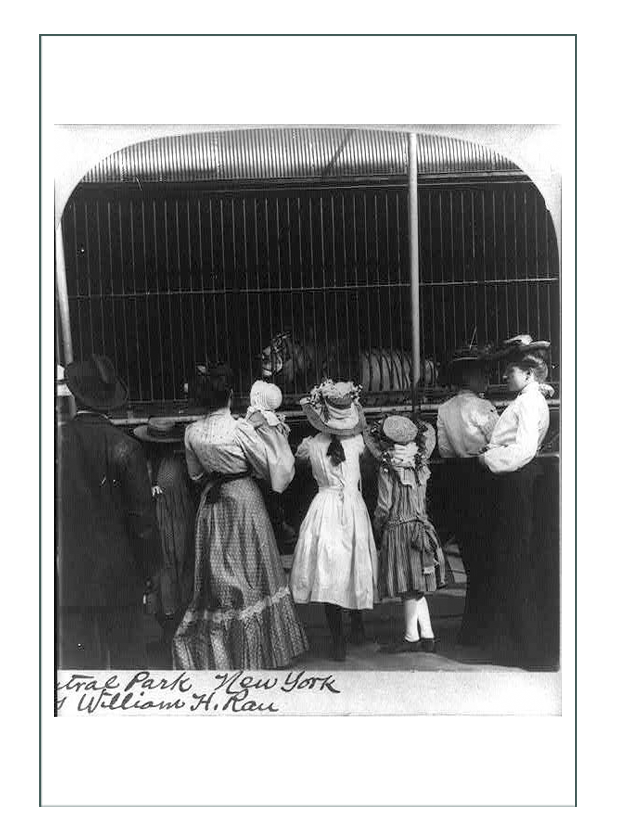
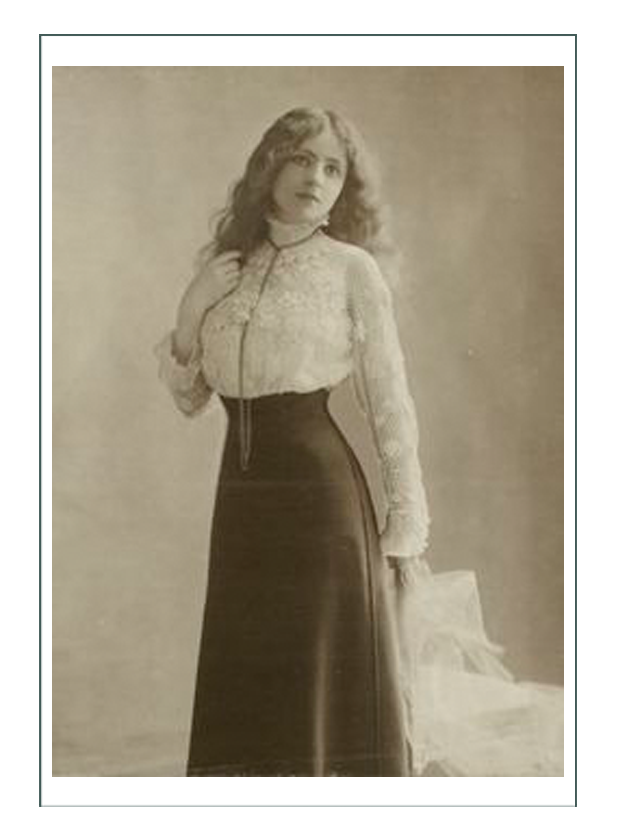
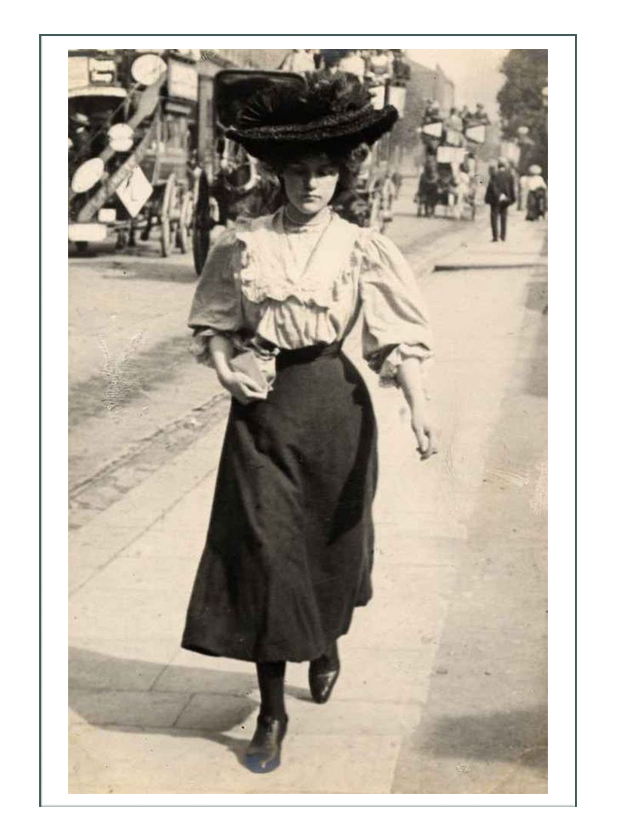
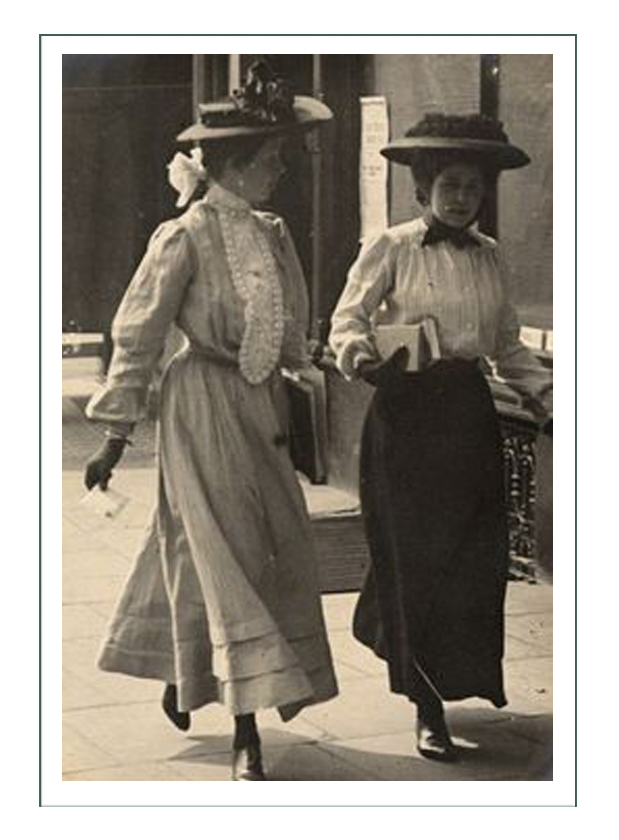
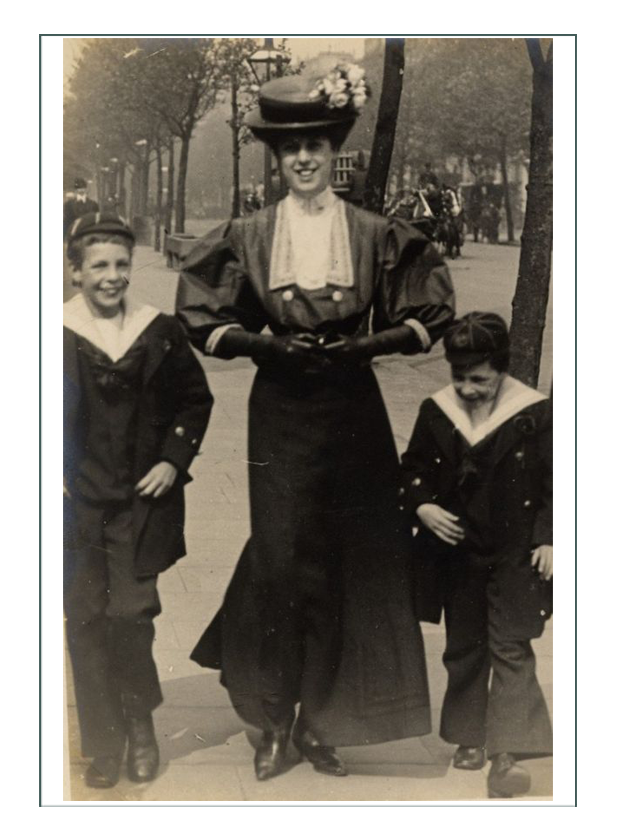
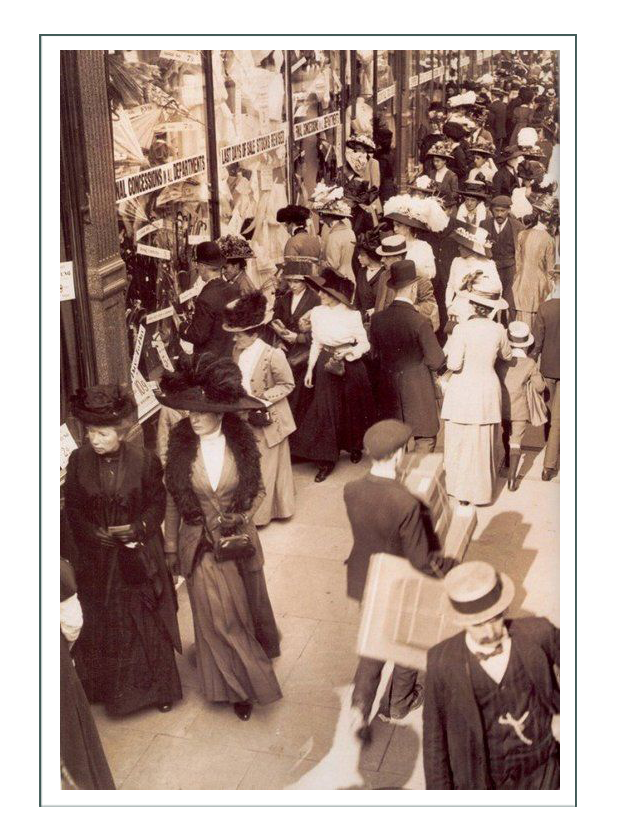
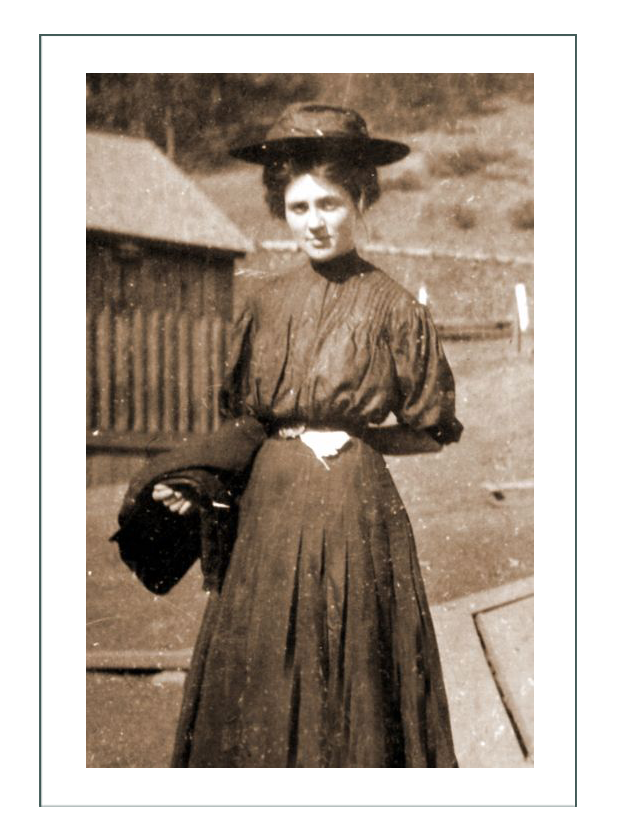
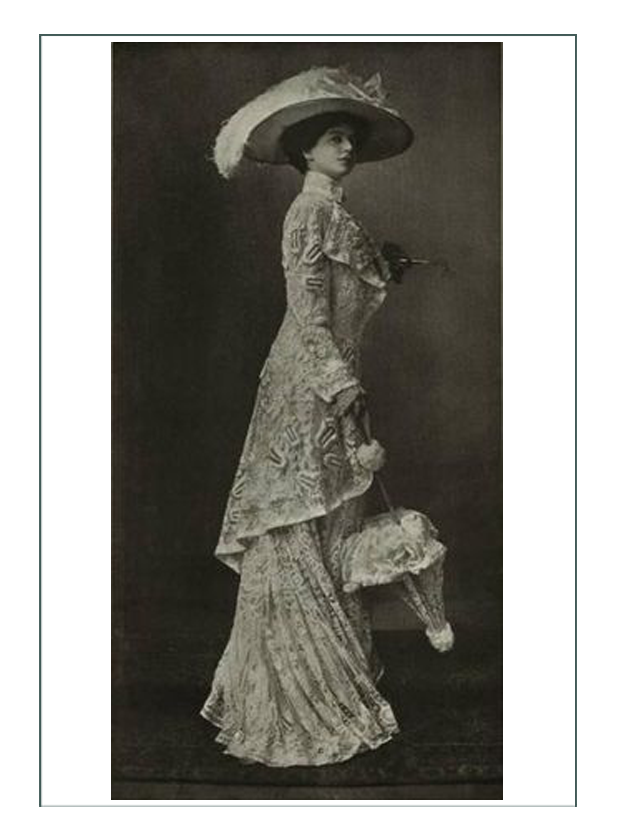
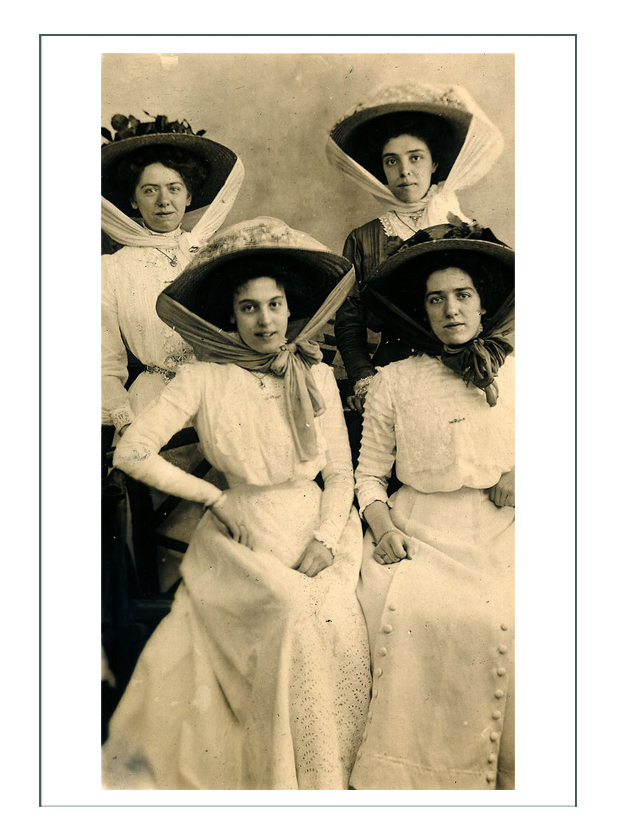
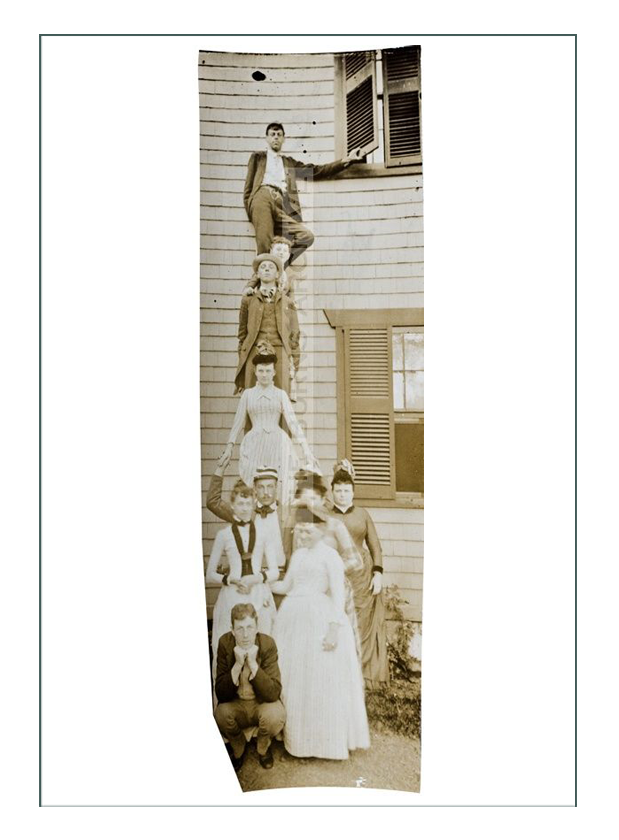
Western women adapted depending on knowledge, access, availability, and function of clothing. All of the above trends would apply to women of the western United States, but would have some modification depending on these factors; e.g. looking at the city and rural pictures above, you would not expect a woman in Utah to wear an Art Nouveau headpiece, although anything is possible (though not documented in history).
Following are some examples of possible depictions of western women if it is desired for this character, although it is more likely to use elements of the skirt, ornament, sleeve, hat, boot, etc. to modify an eastern fashion rather than to embrace it as a whole. The last 4 photos are of Annie Oakley in case depiction is desire.
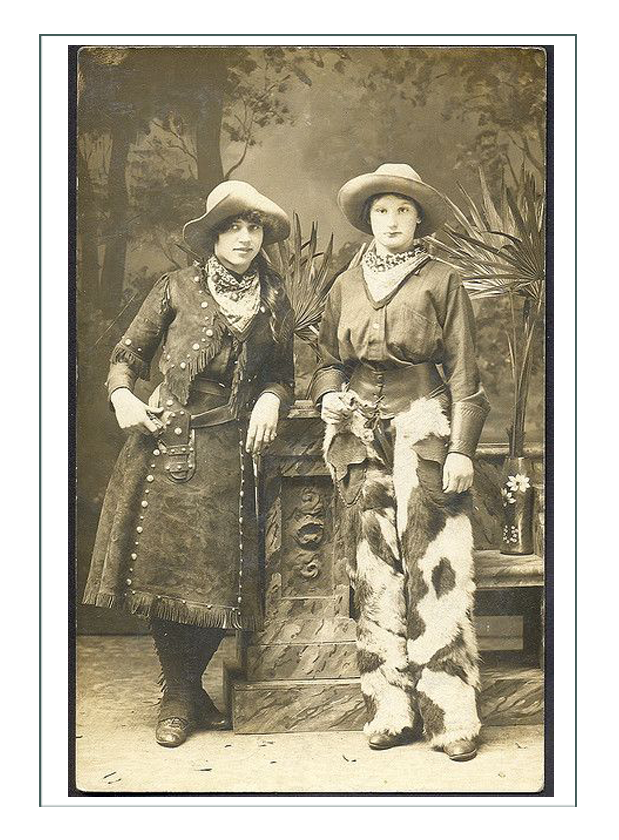
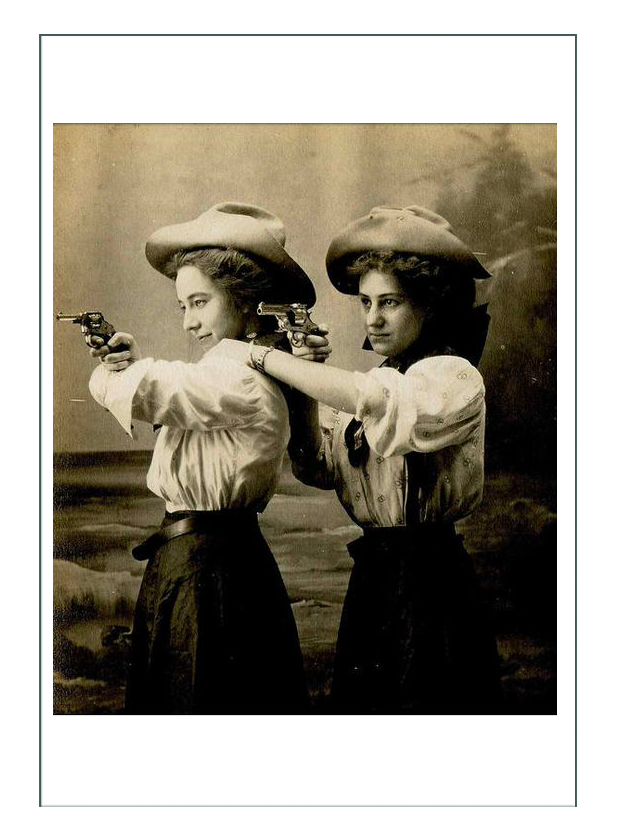
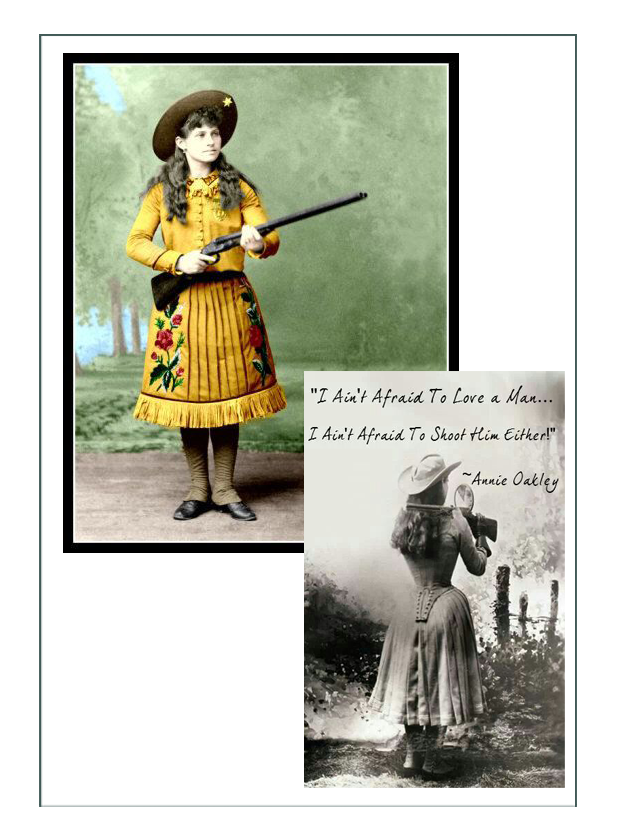
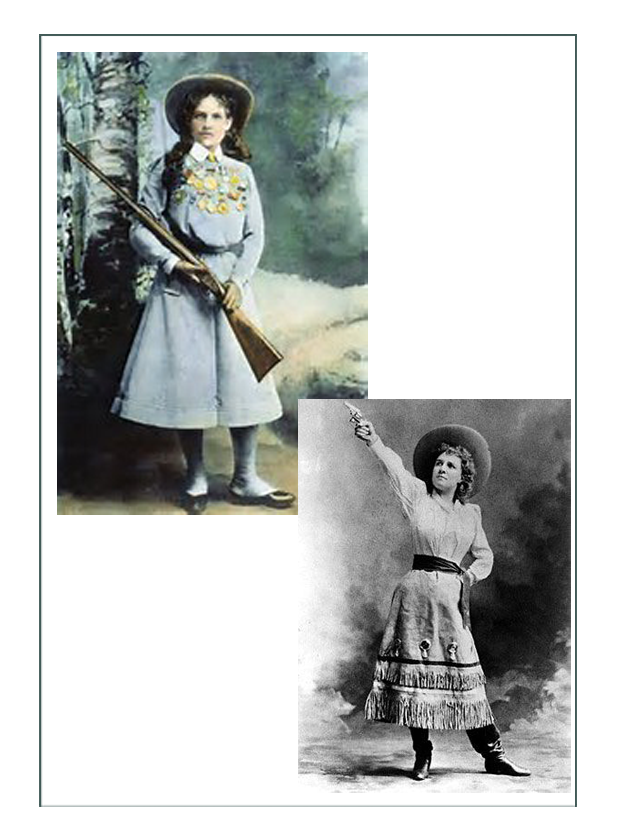
 ACTUAL GARMENTS OF THE ERA
ACTUAL GARMENTS OF THE ERA
For each of the fashion categories being considered for depiction, there are museum pieces of real garments. From these one can take individual details or the design as a whole, considering the factors of place, activity (function), style, form, and choice. These also give direction and hints for authentic construction.
Following are some among 1000’s that fit the criteria described above.
Edwardian and High Style Dresses
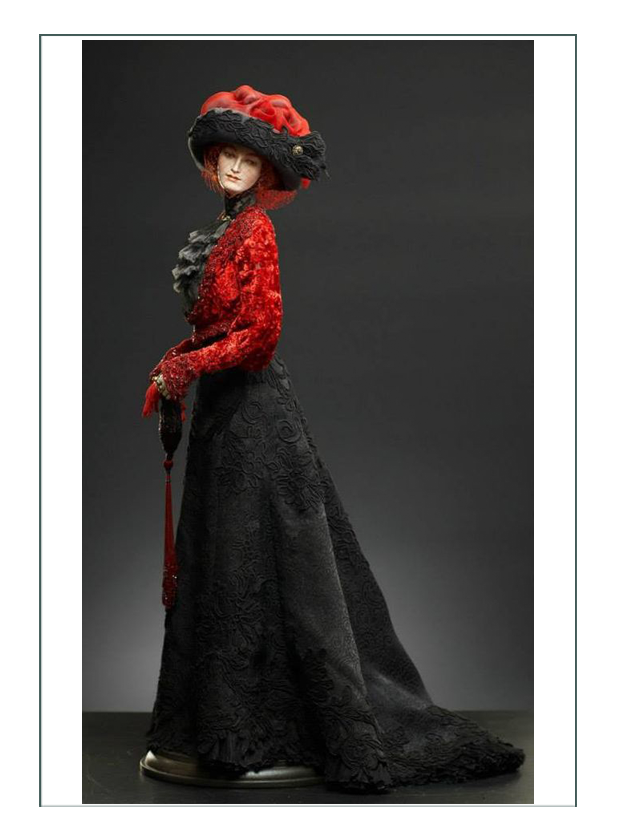
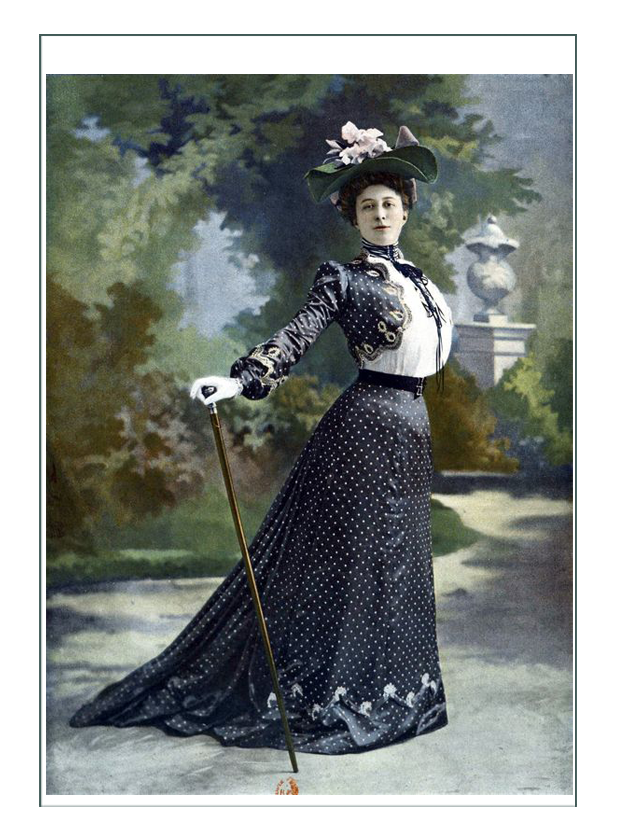
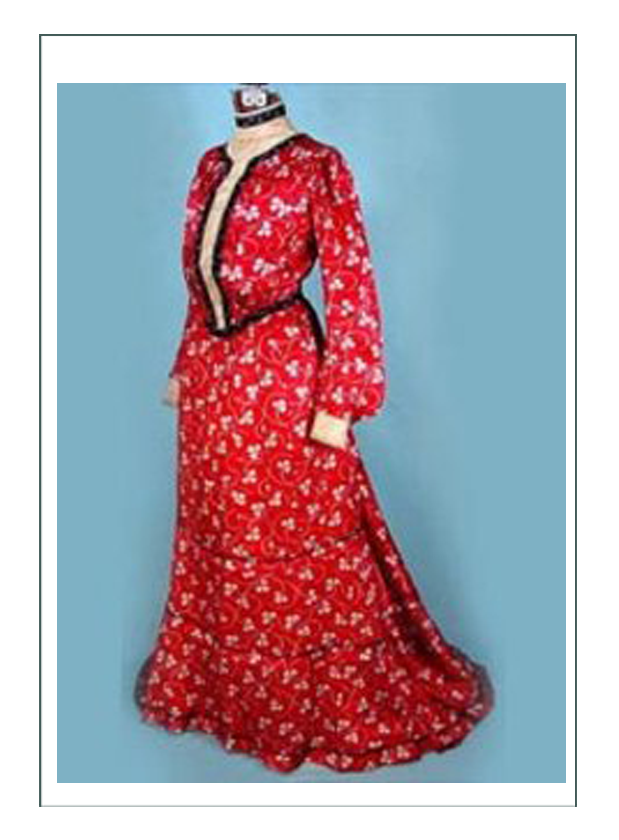
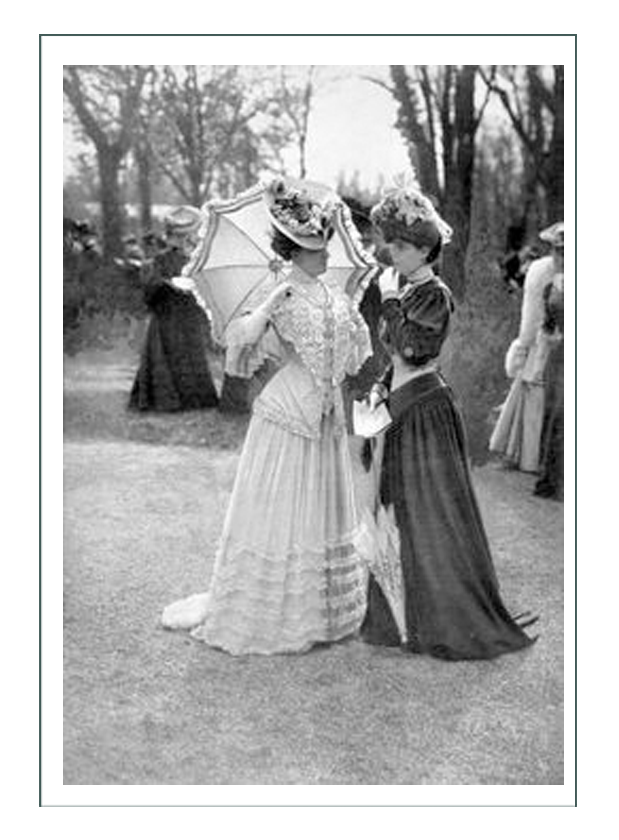
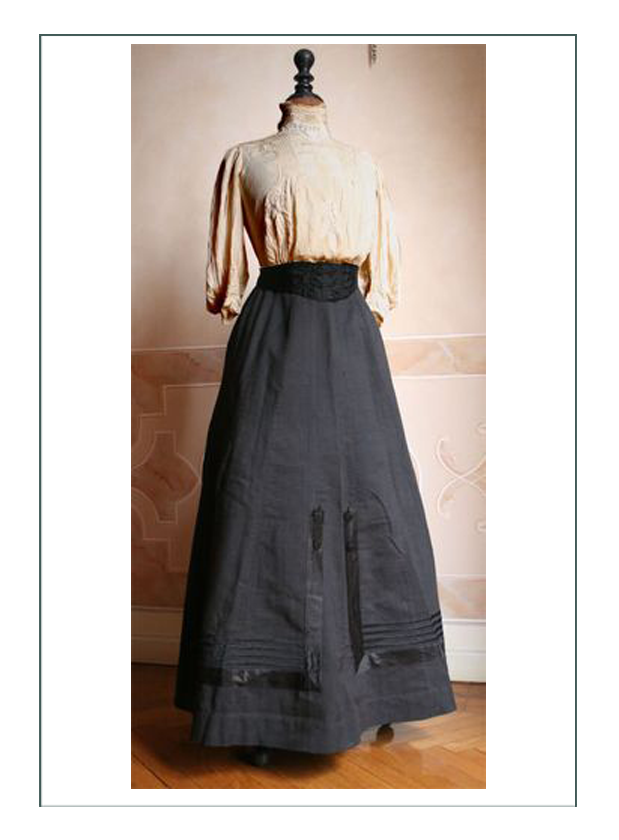
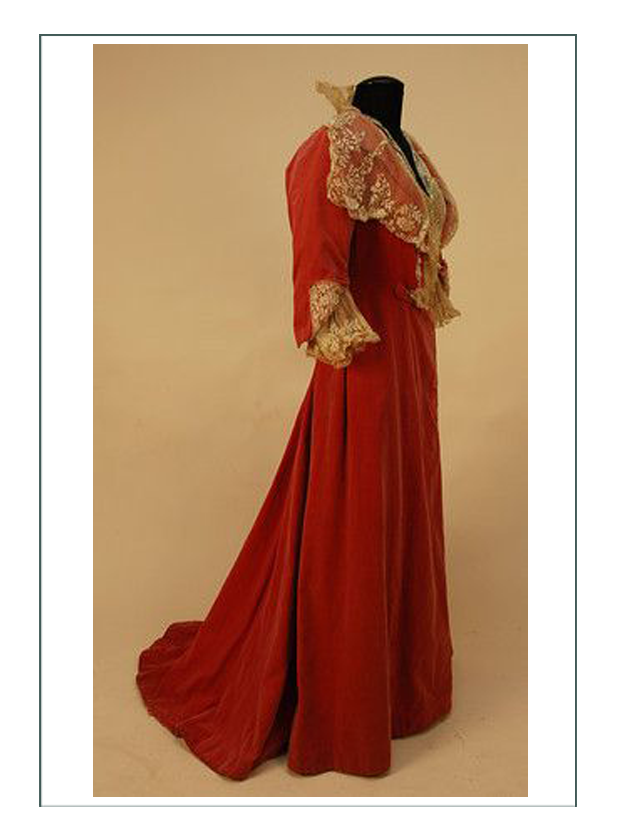
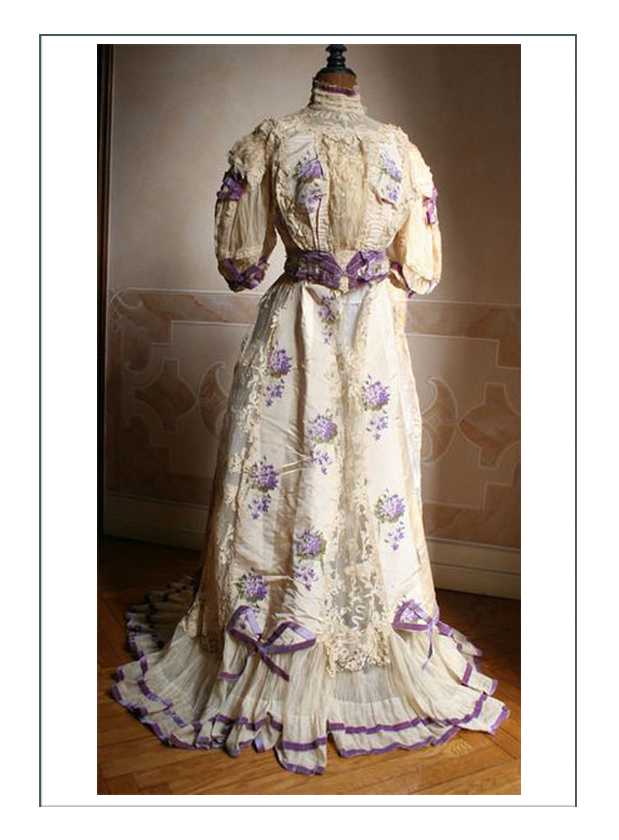
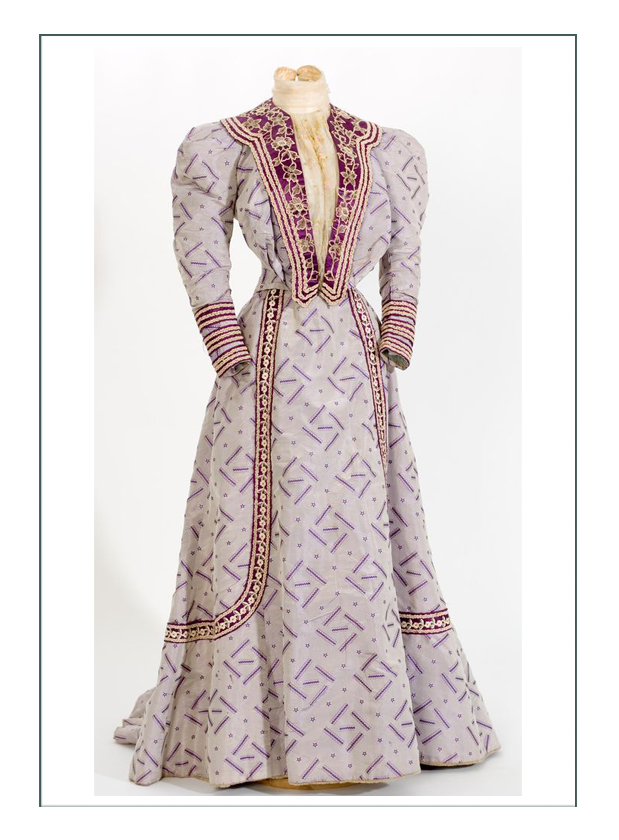
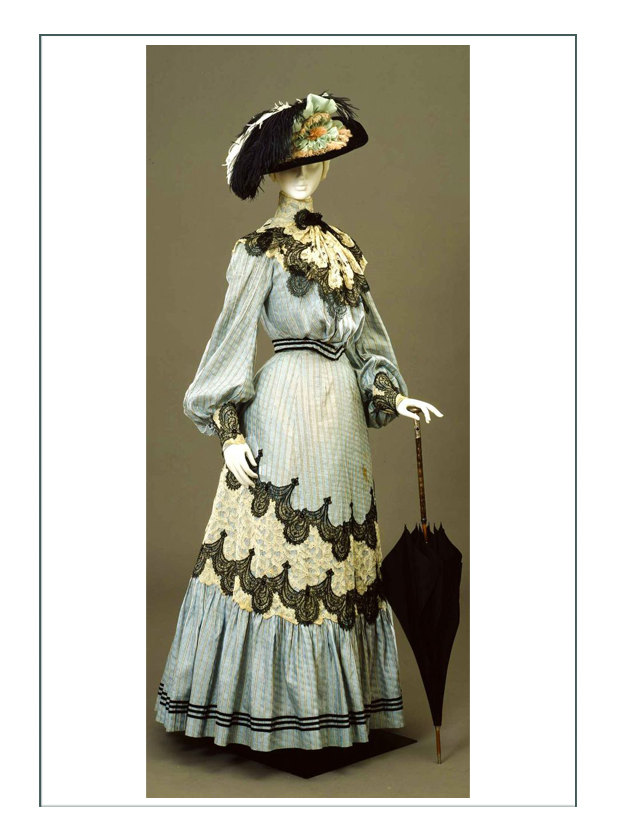
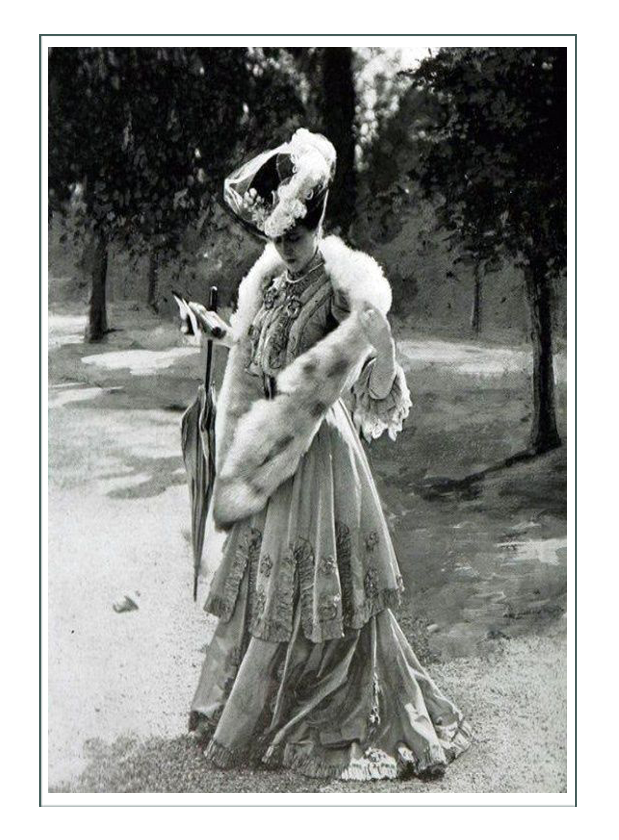
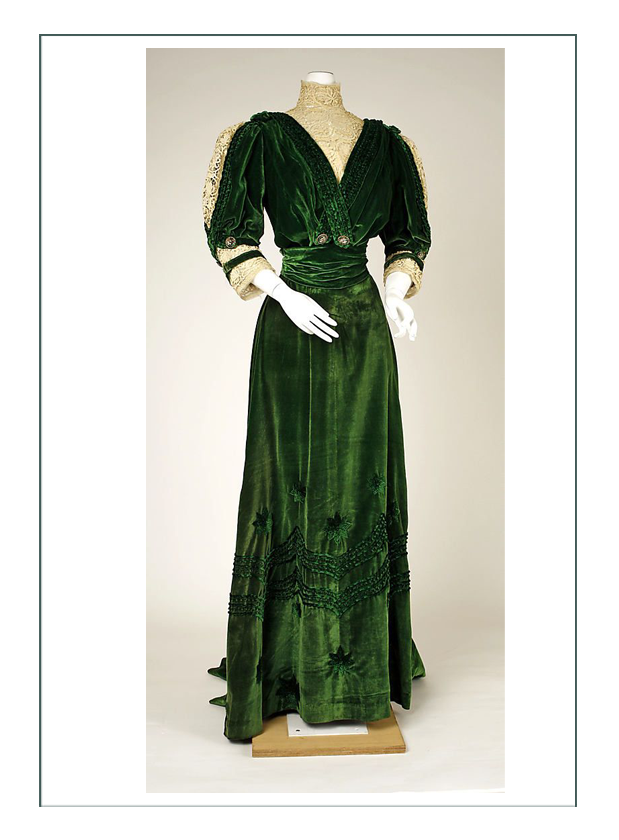
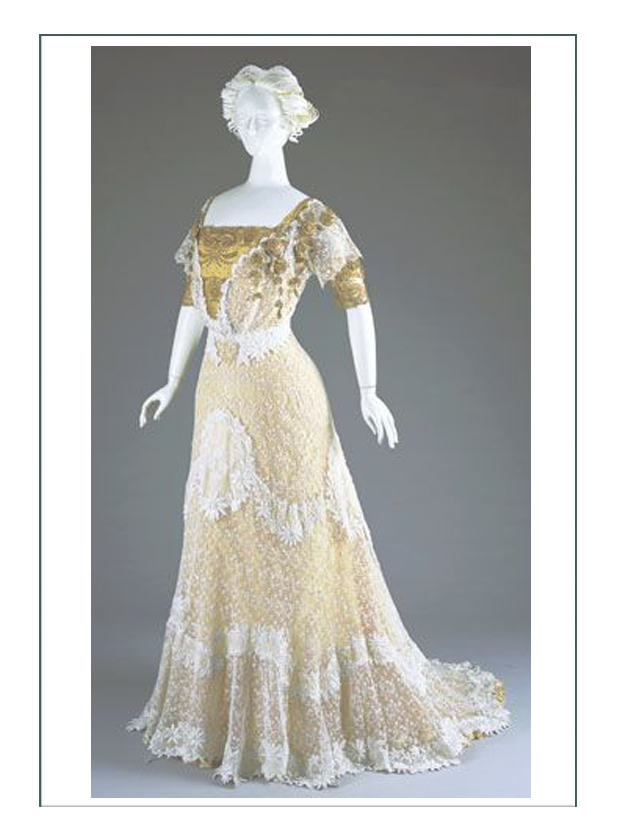
Art Nouveau High Style Dresses
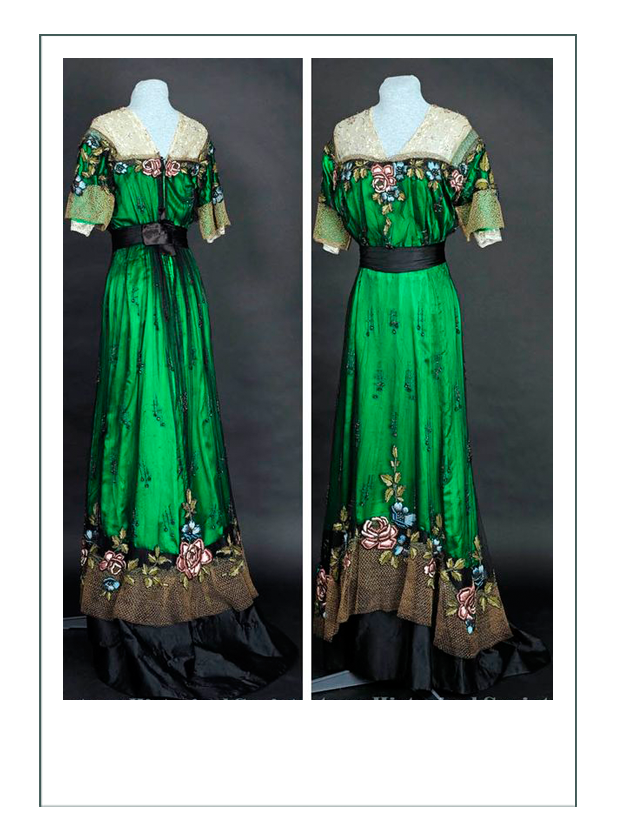
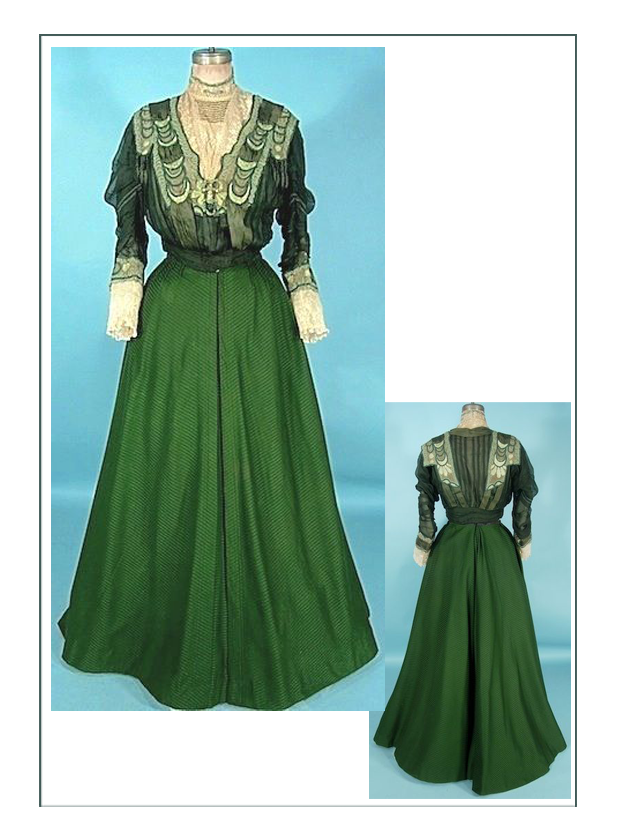
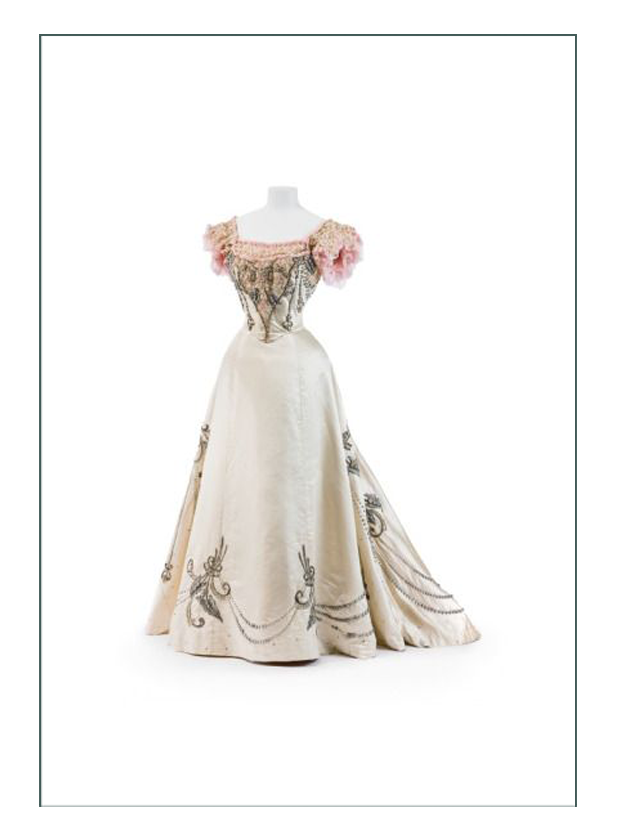
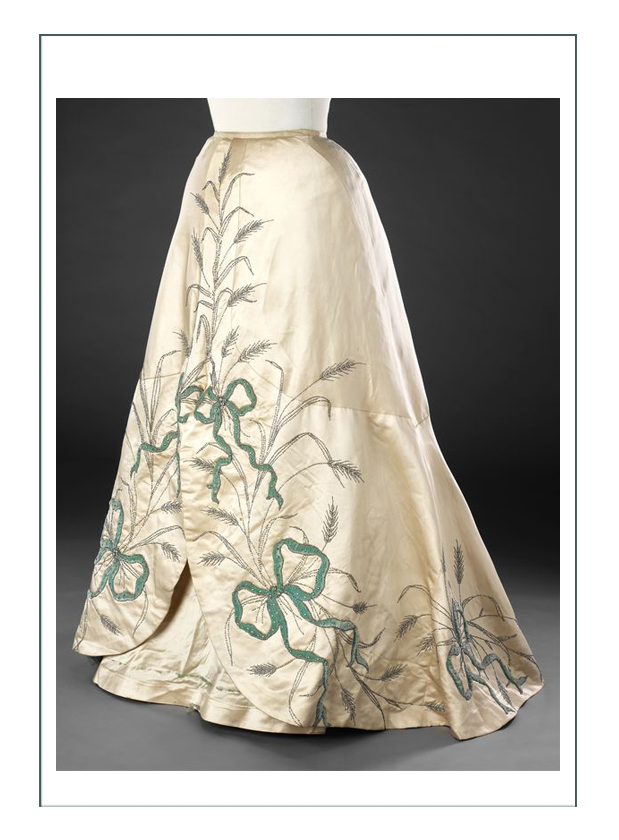
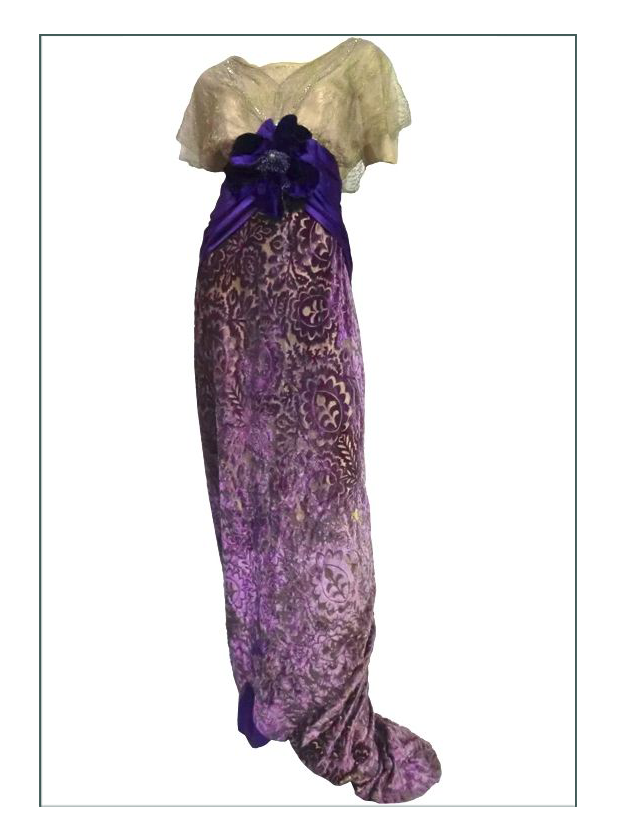
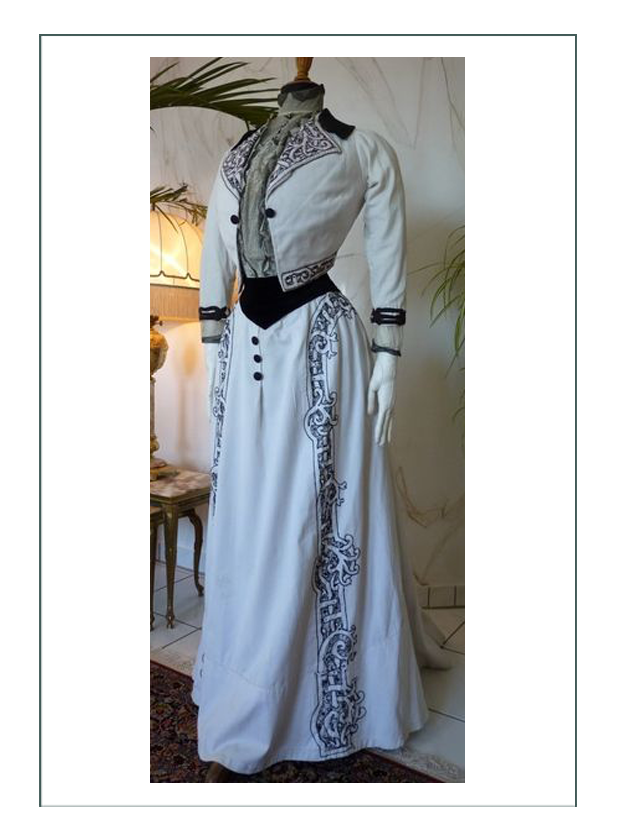
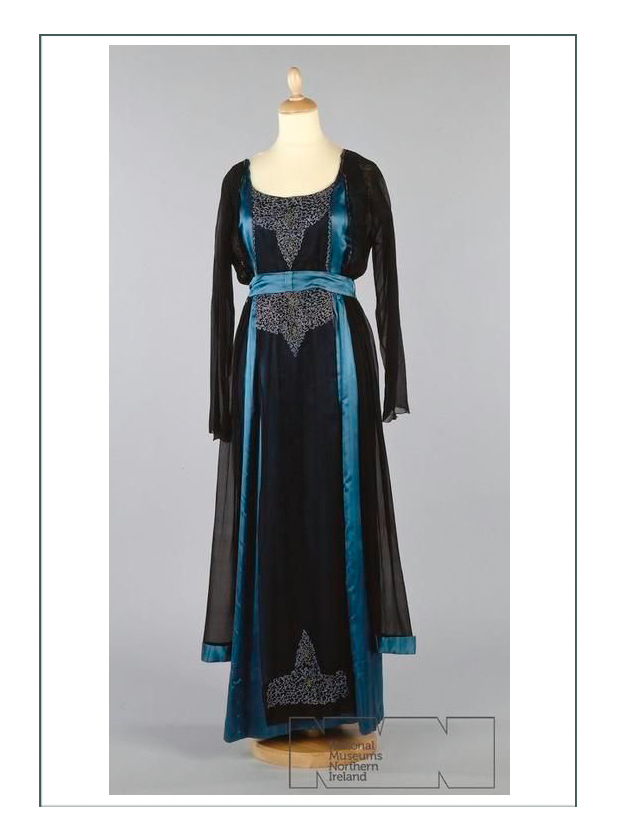
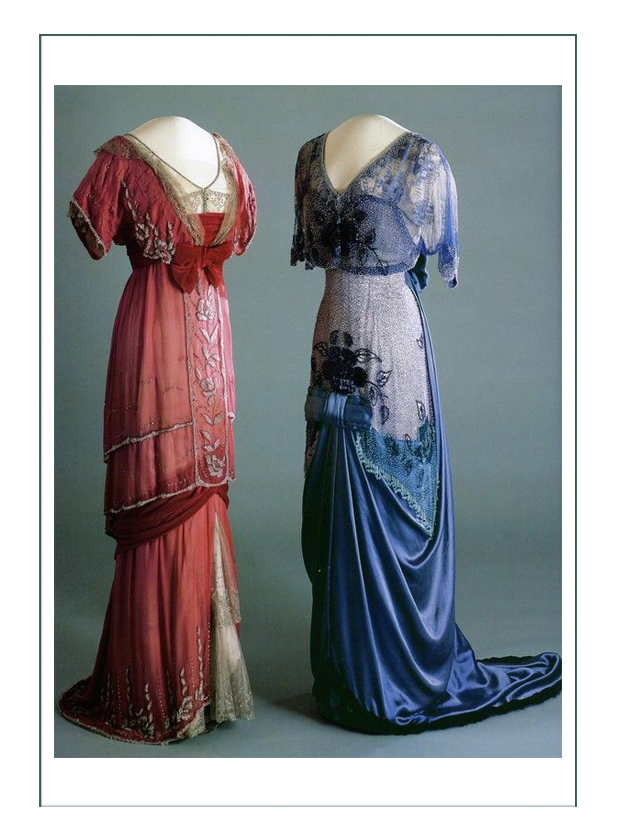
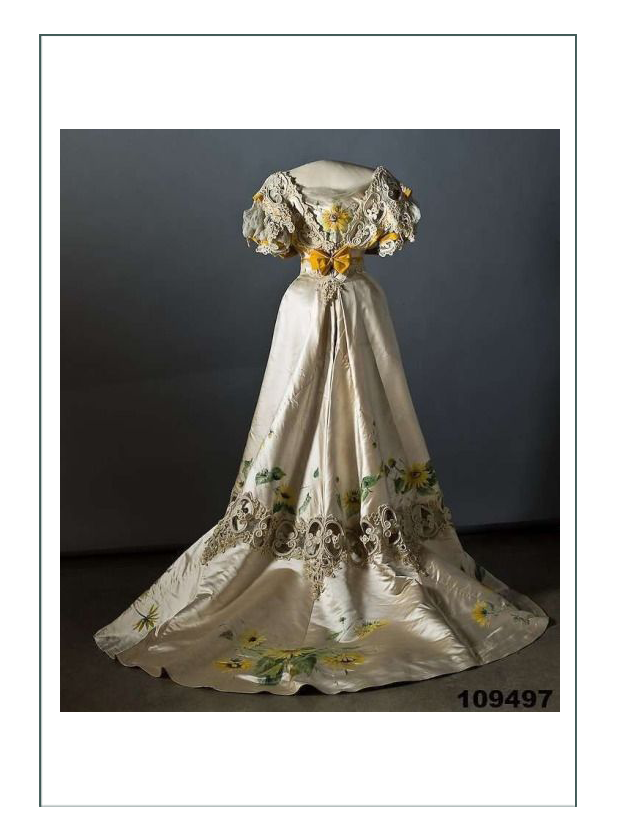
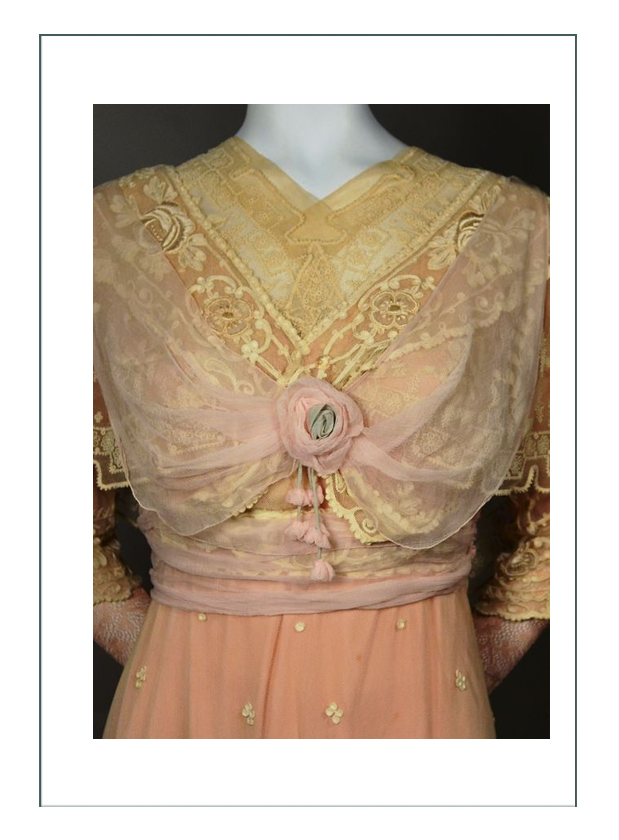
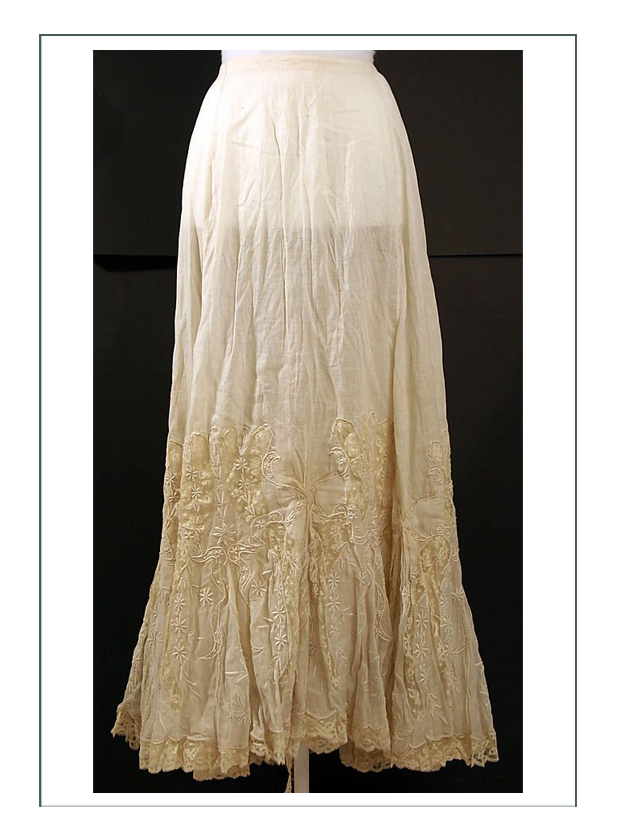
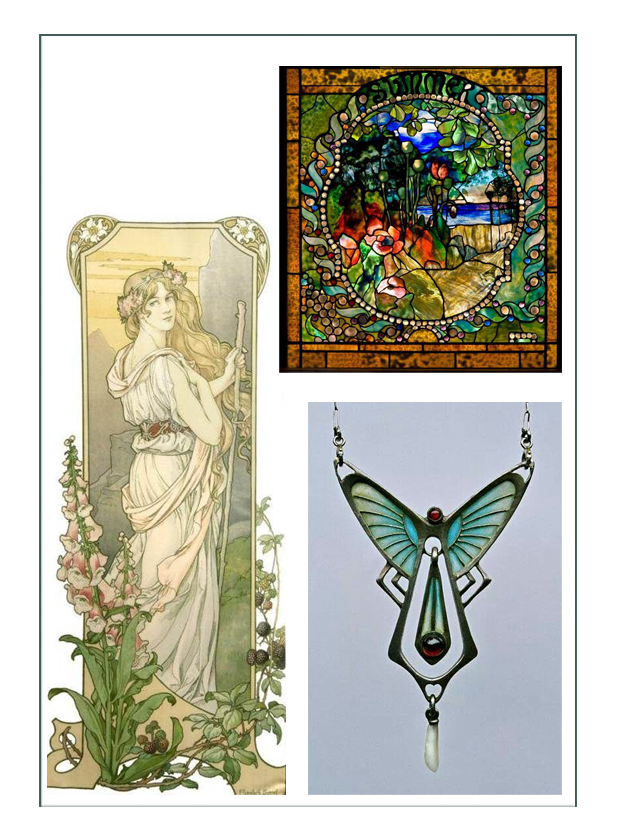
Undergarments
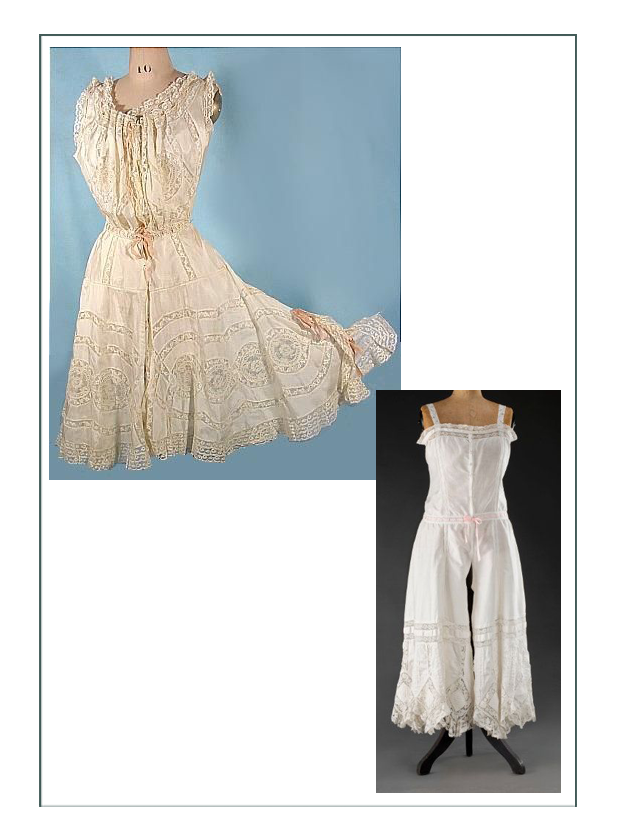
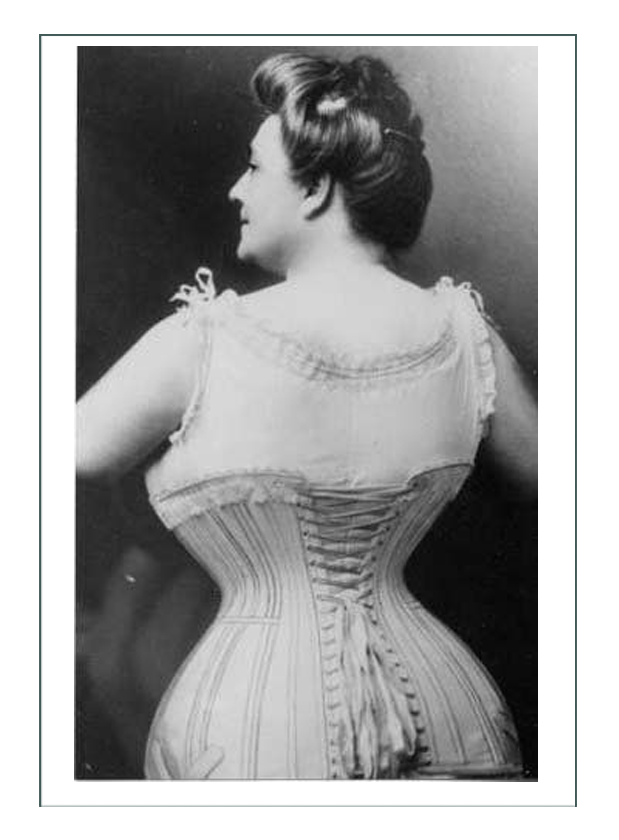
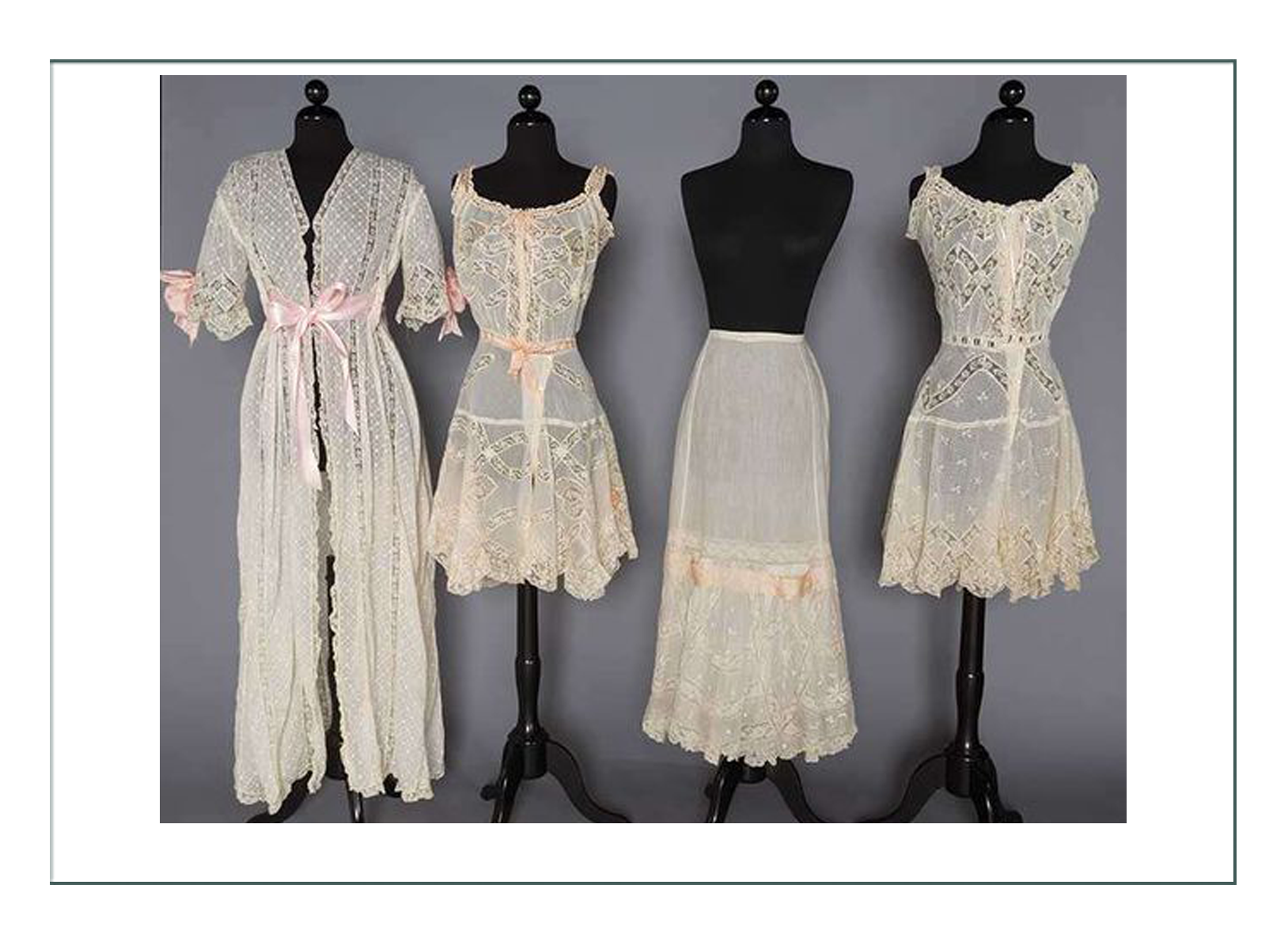
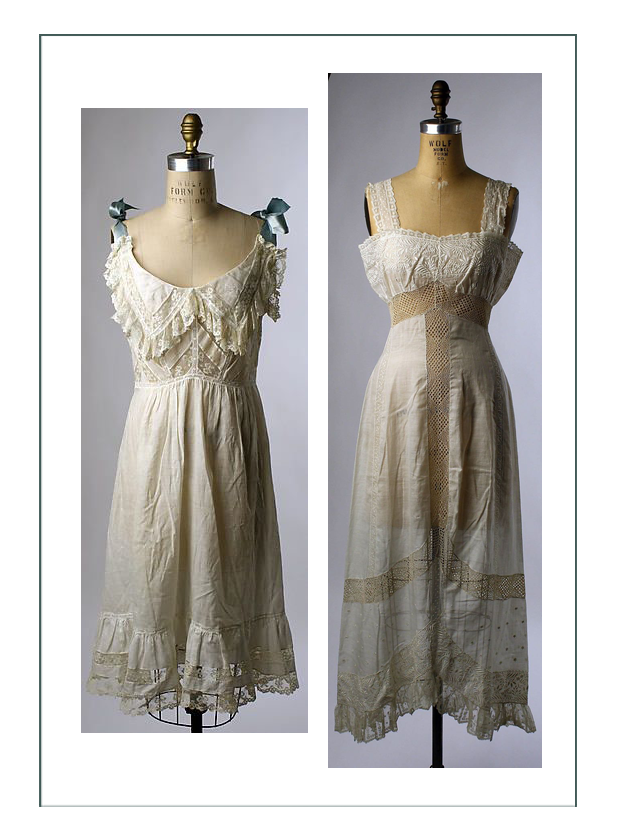
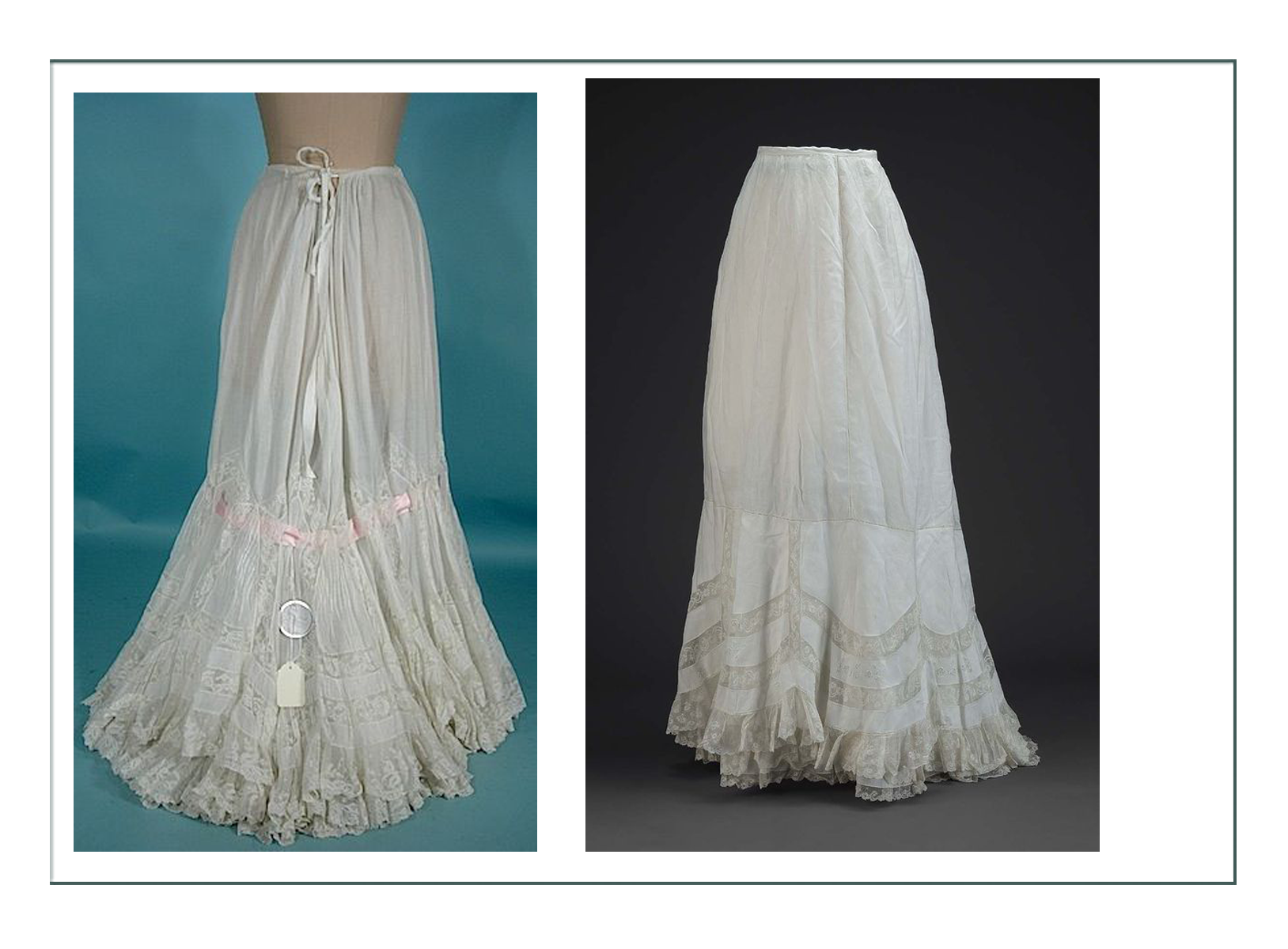
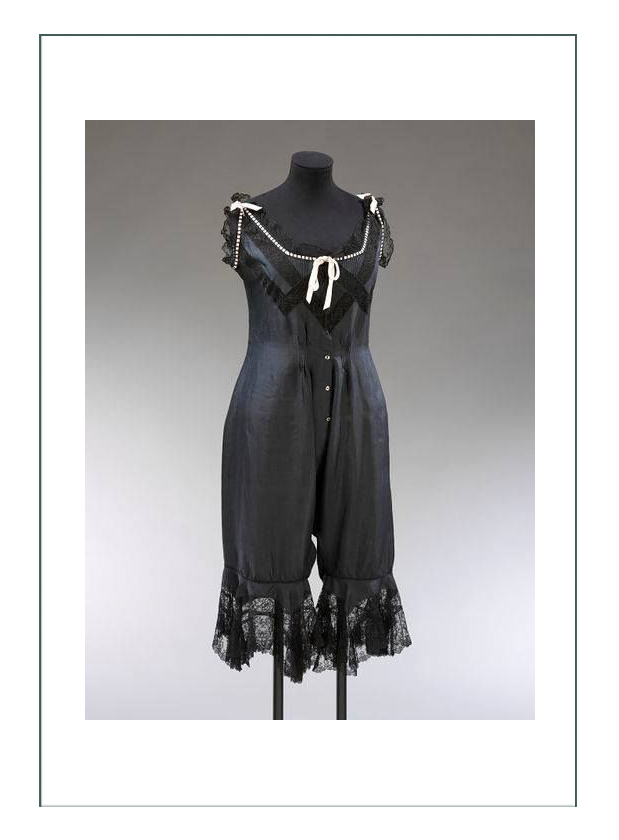
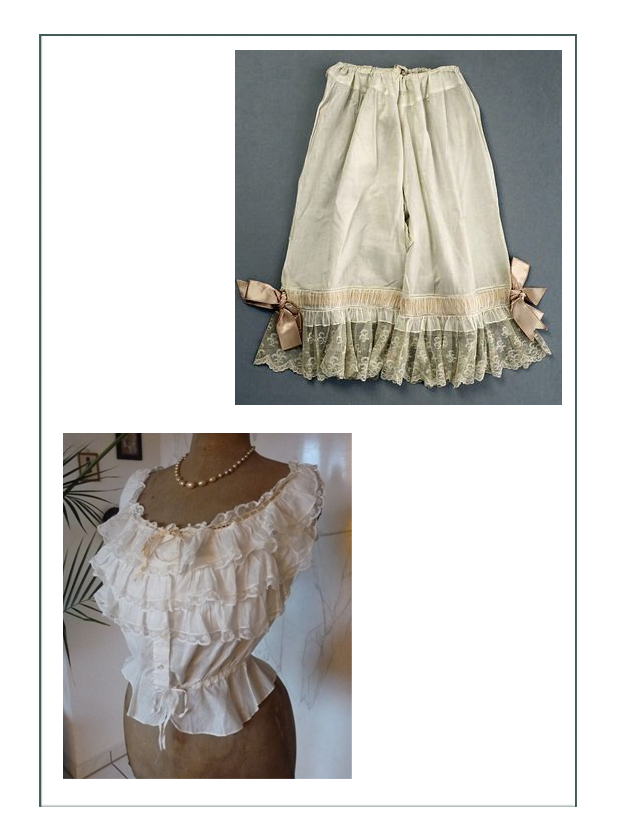
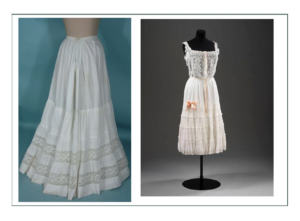
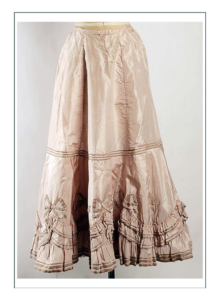
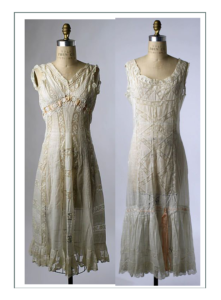
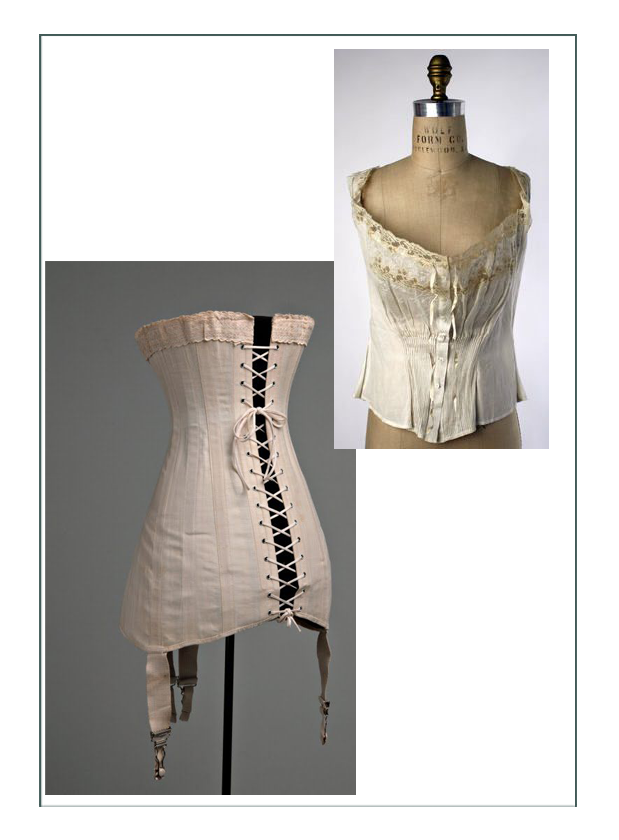
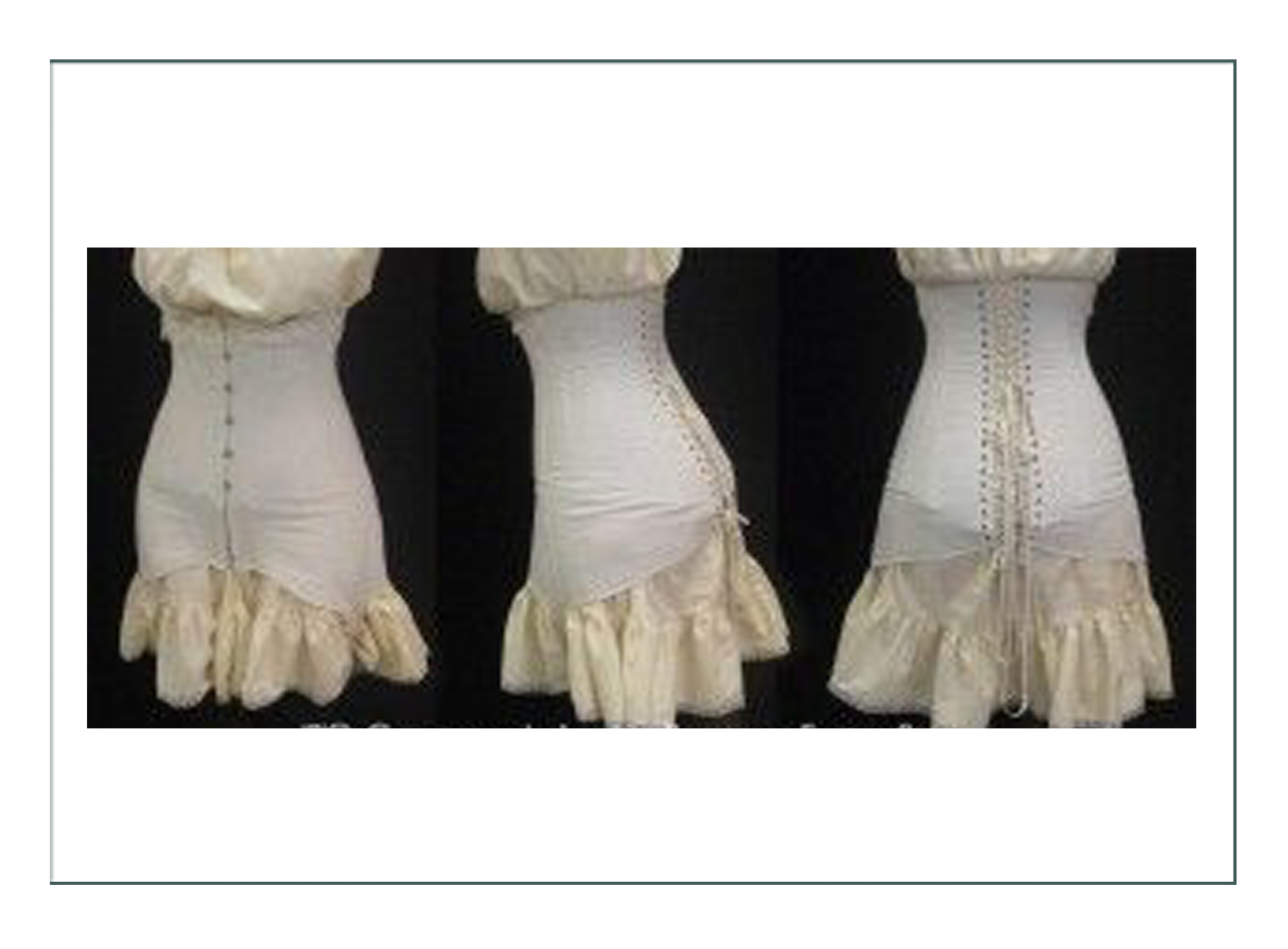
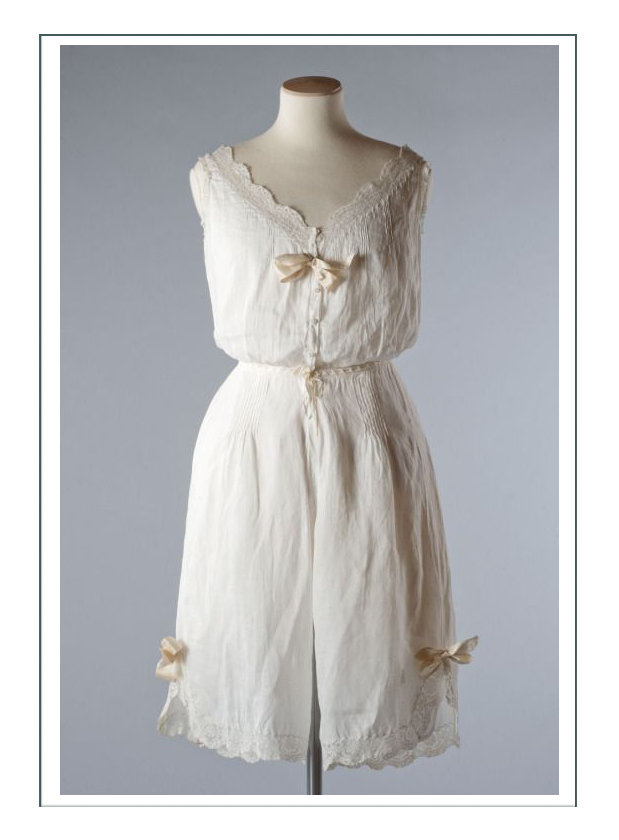
Jewelry and Outerwear
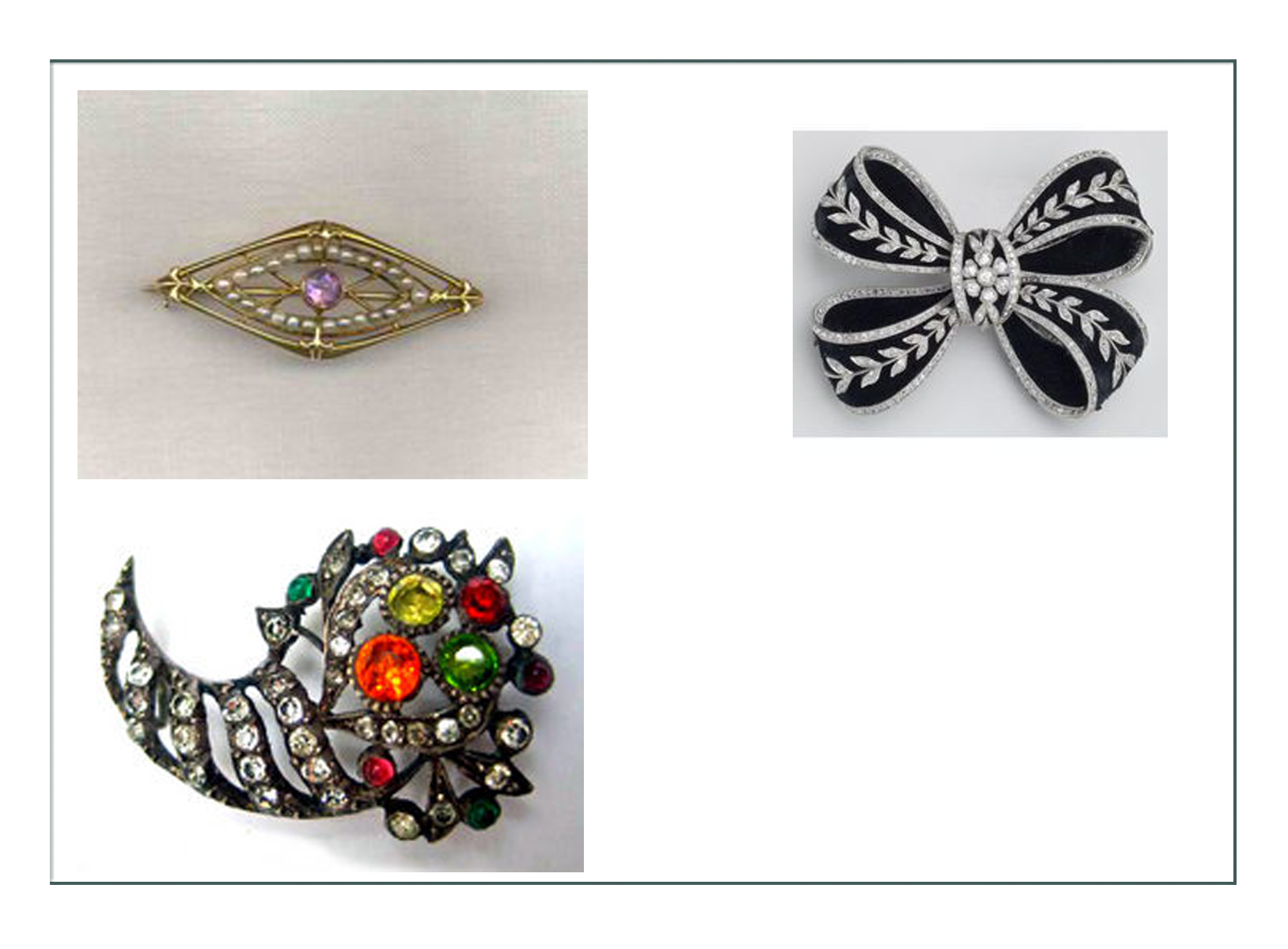
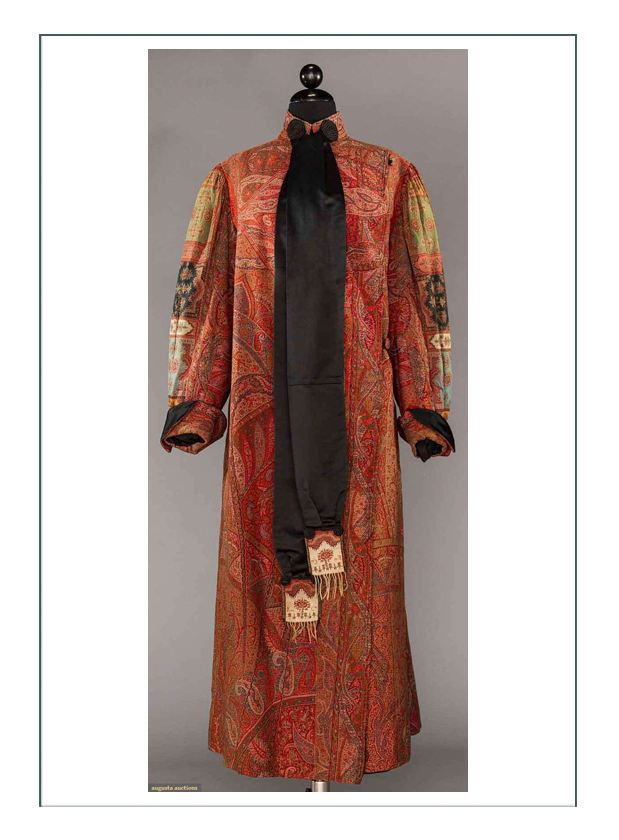
Hair and Hats (see also Real Women photos)
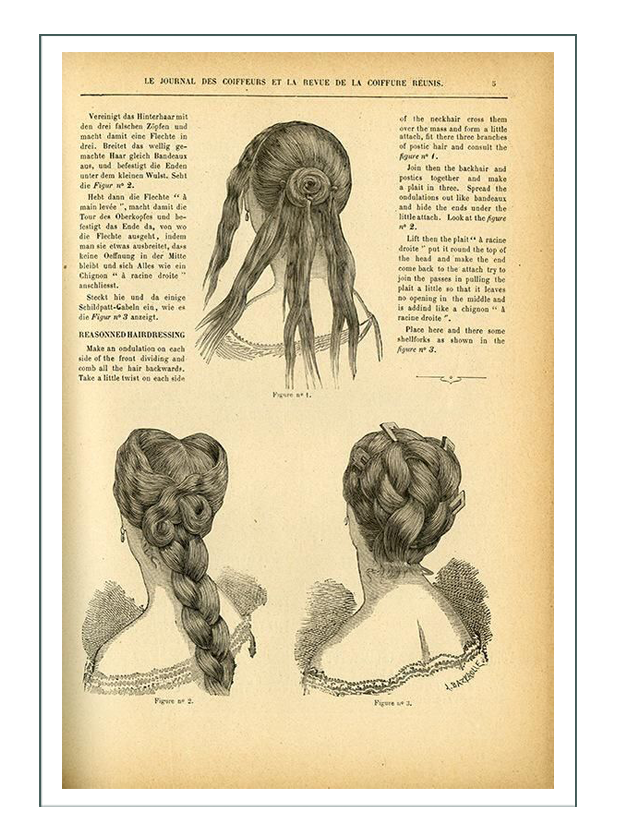
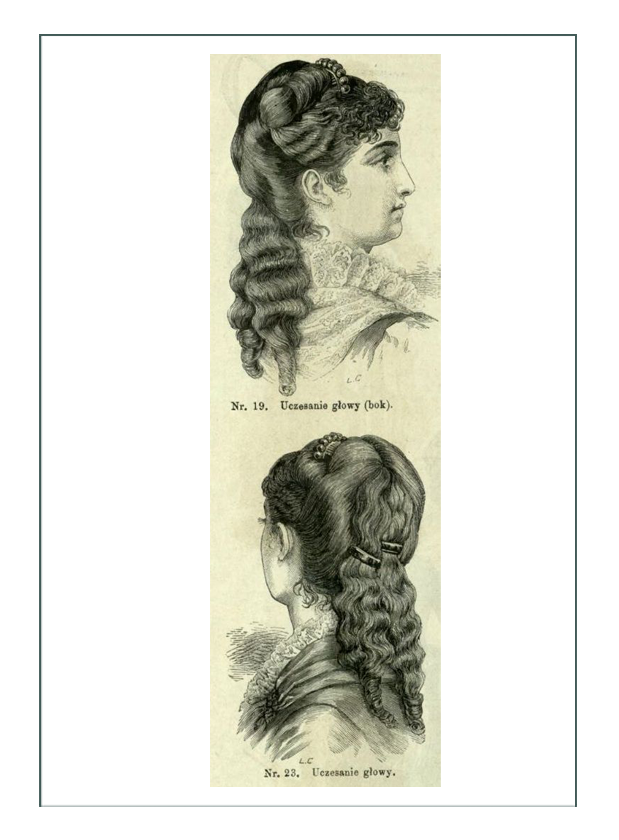
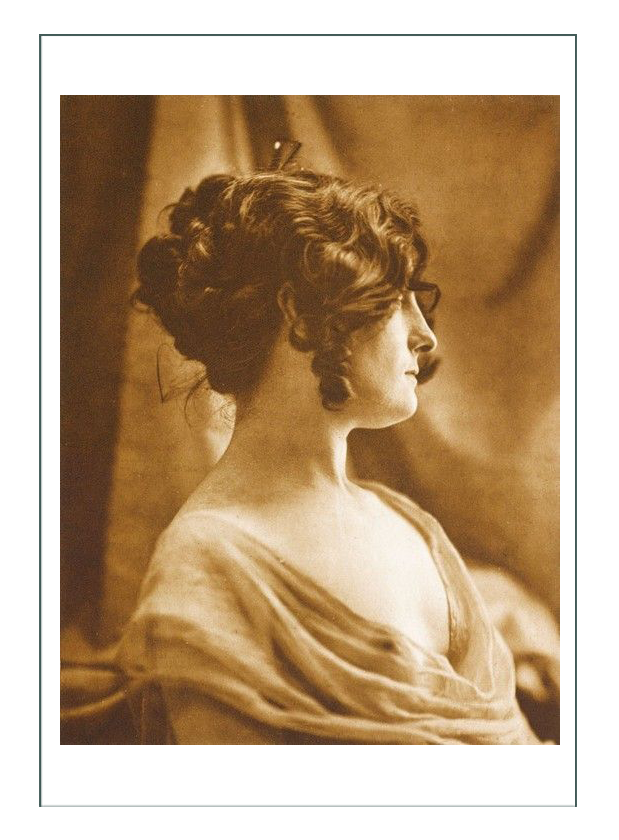
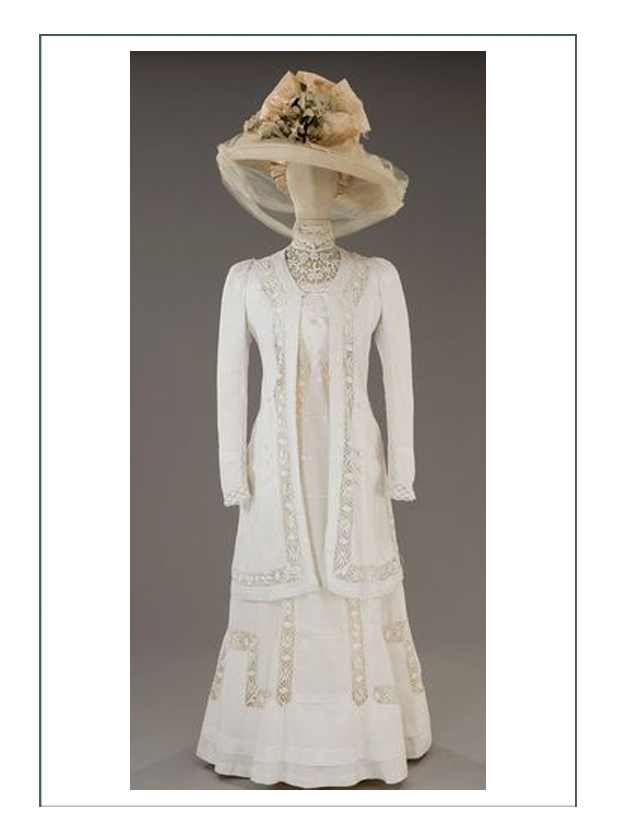
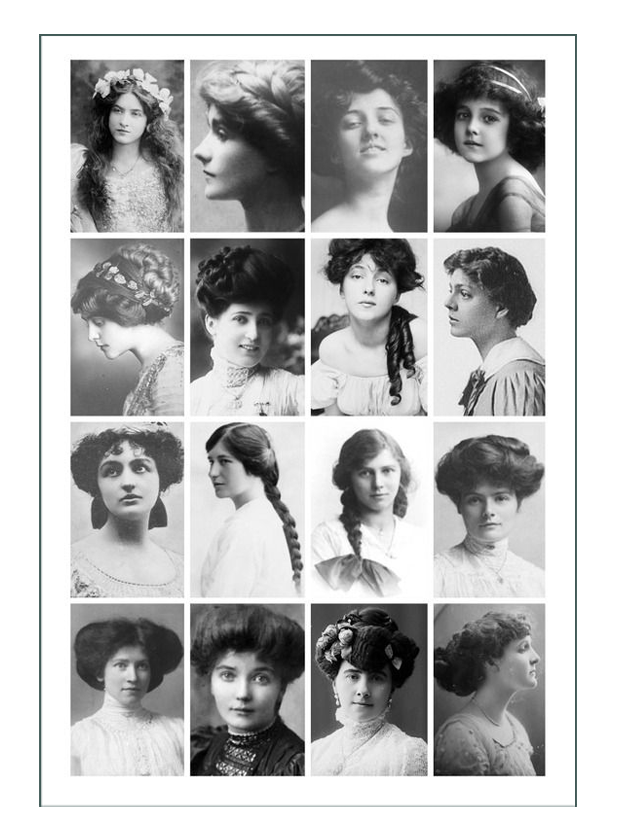
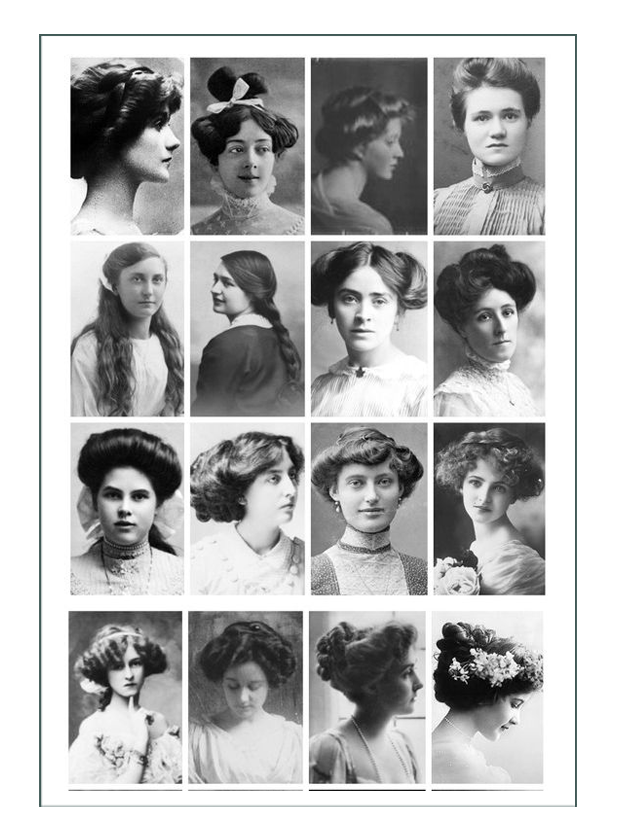
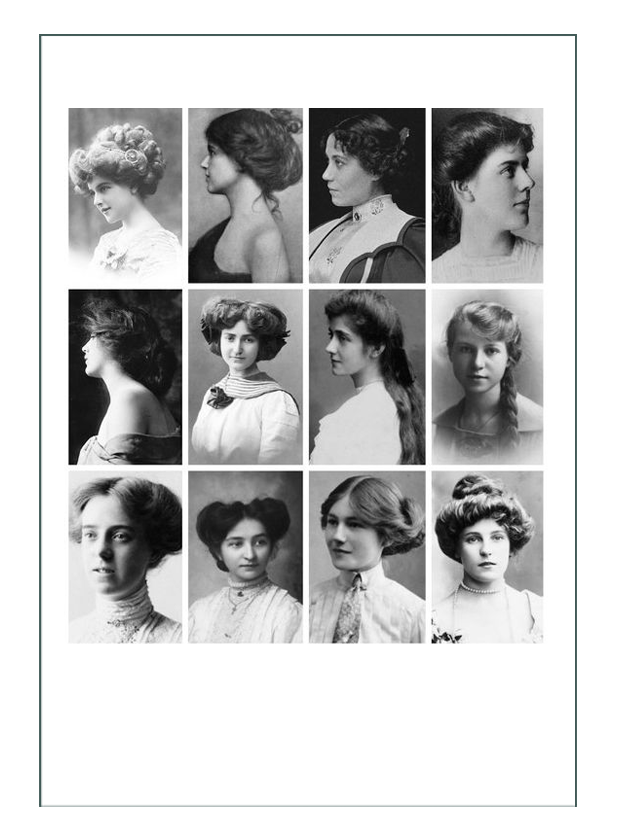
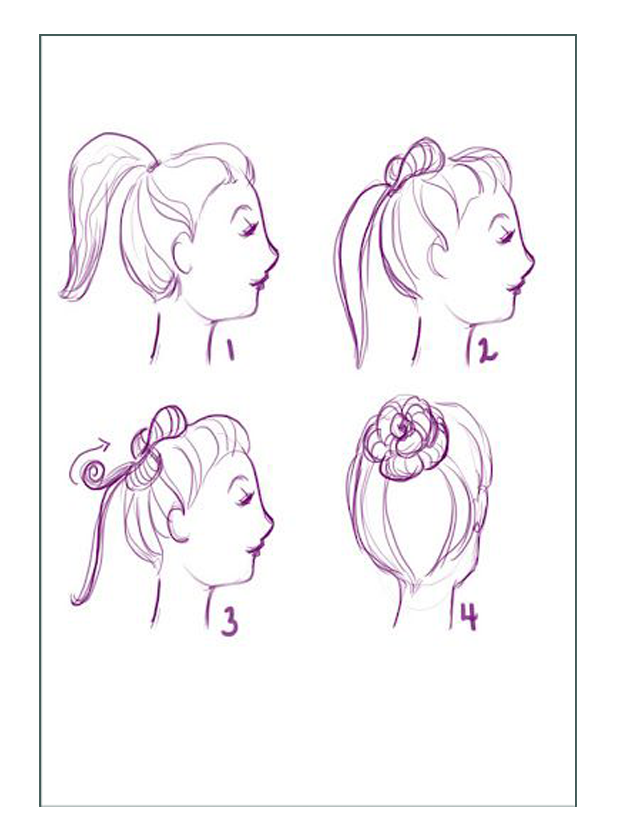
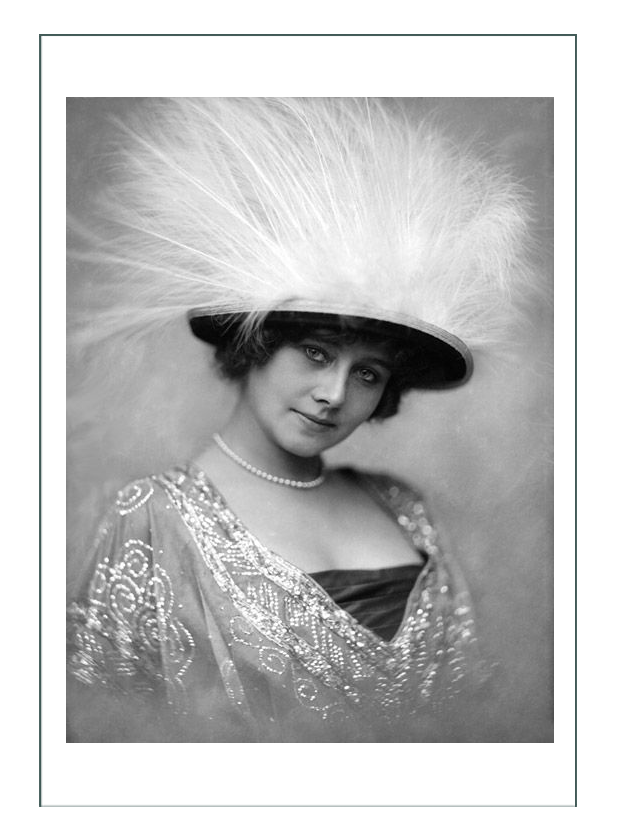
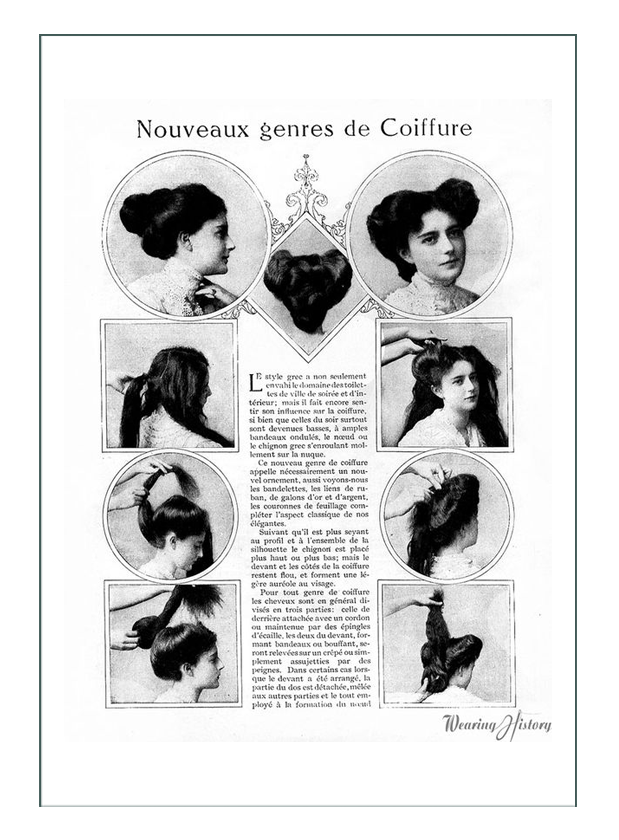
Eyeglasses
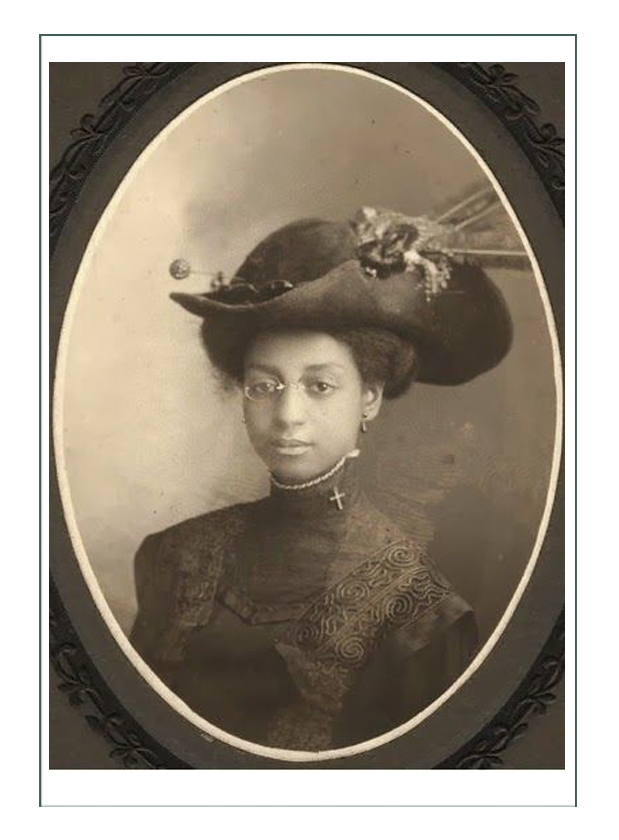
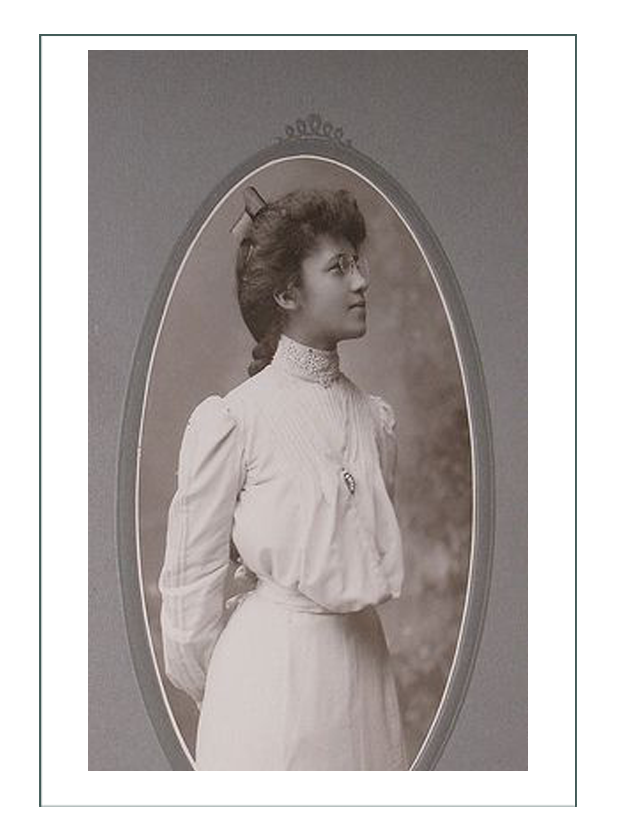
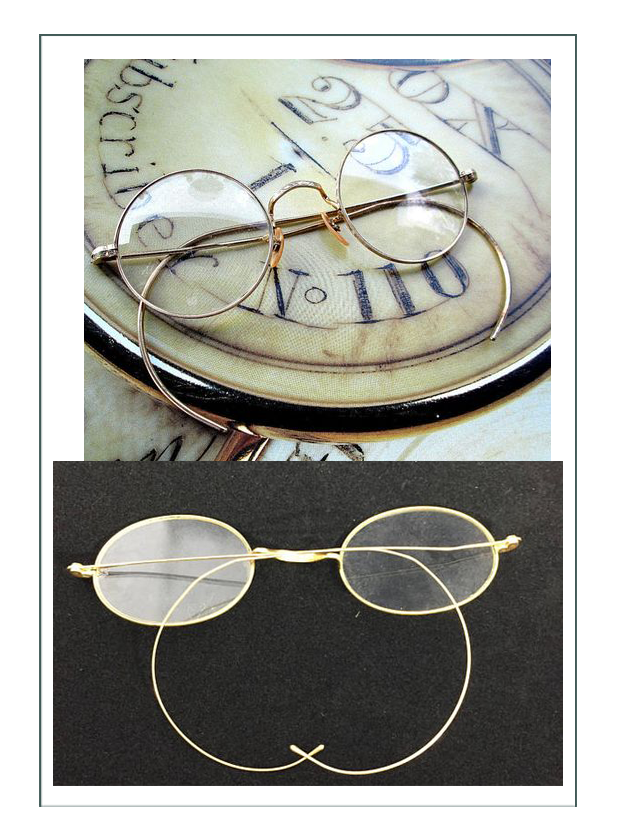
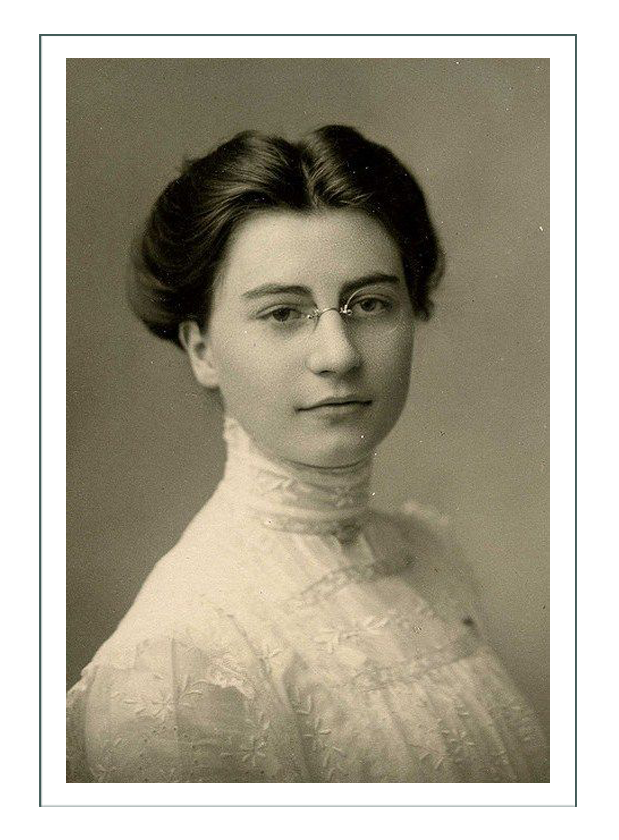
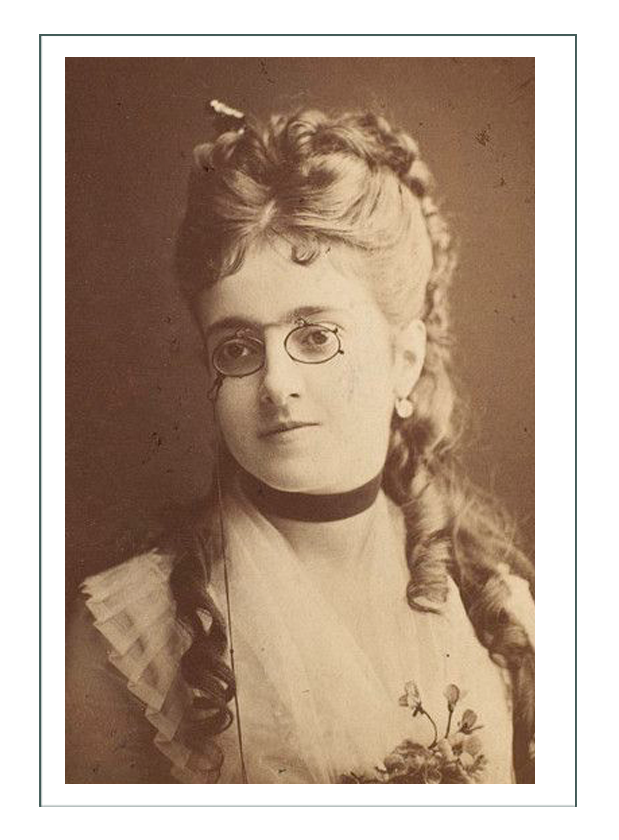
Footwear
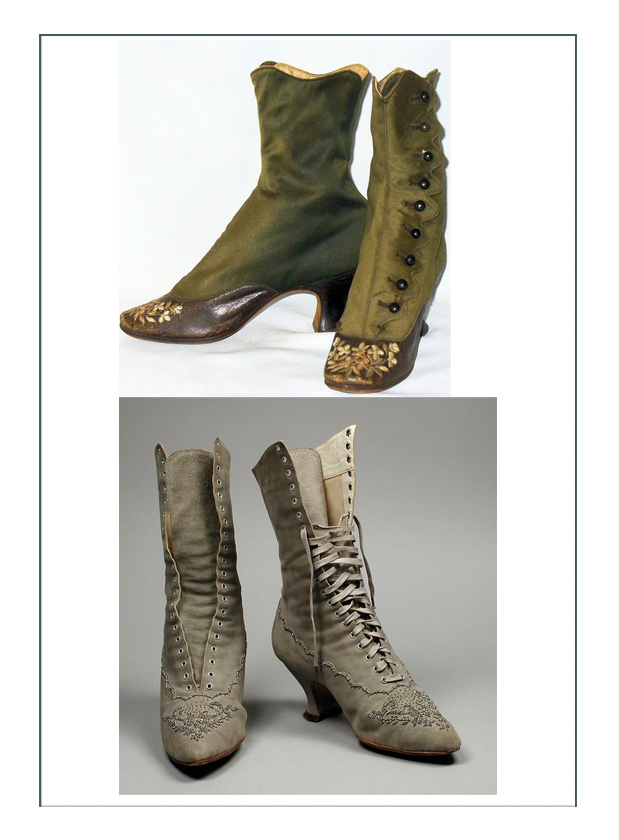
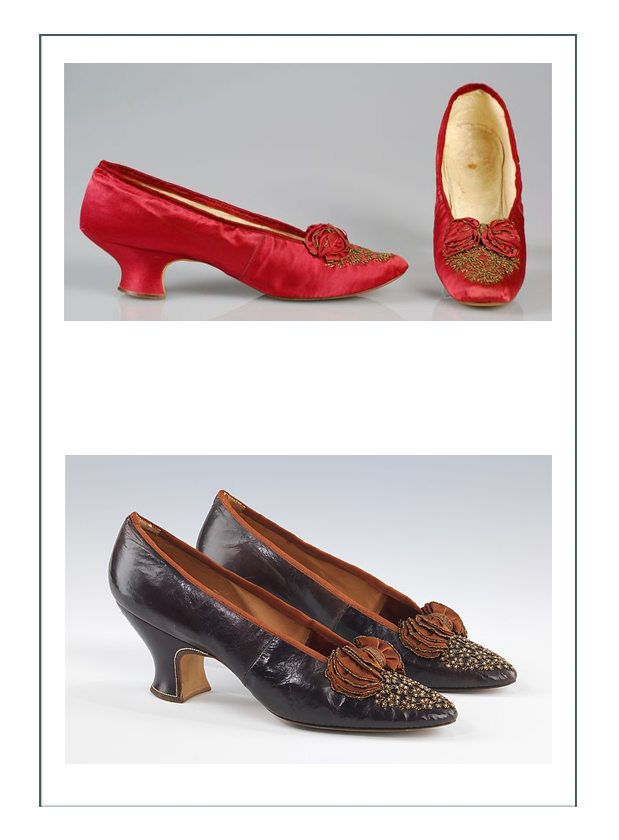
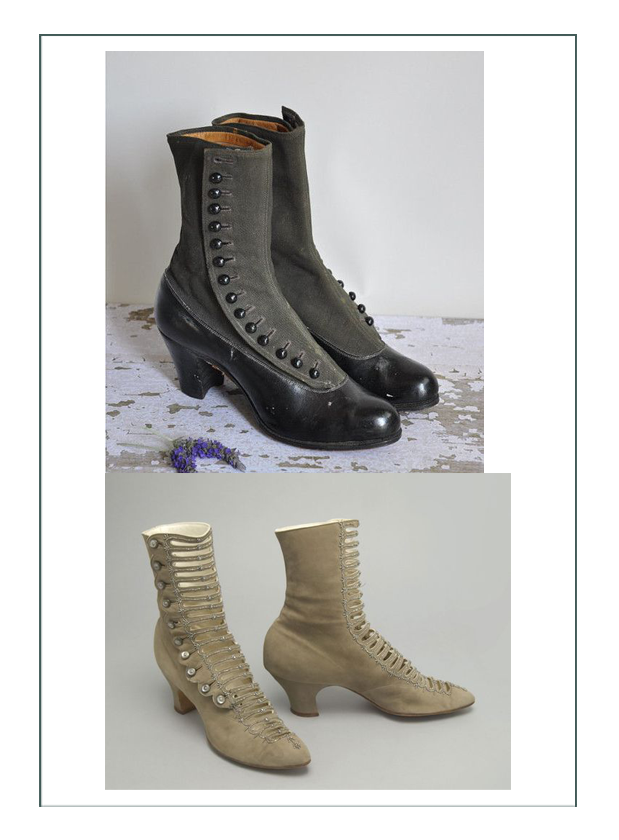
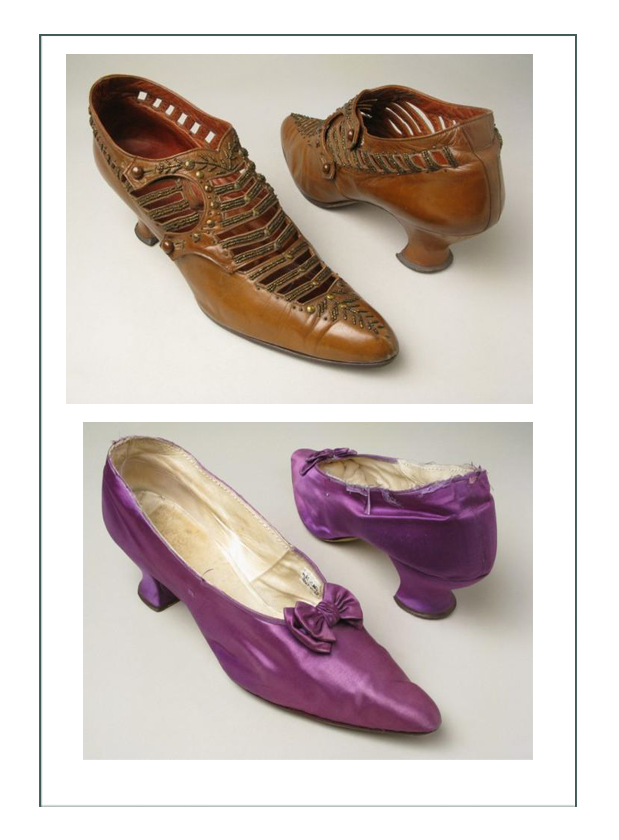
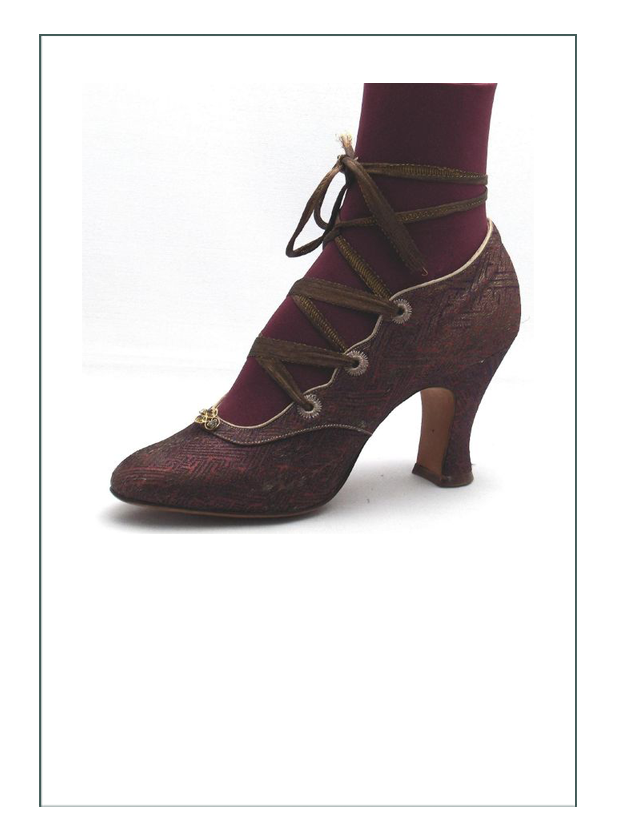
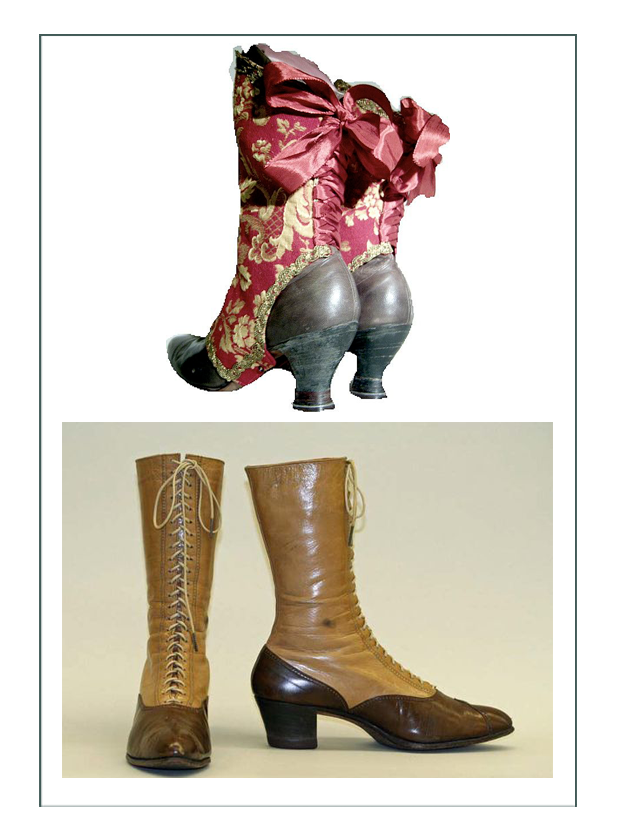
Click here to go to Doty’s Design Development Page (next)
Click here to go to Doty’s Historical Time and Place Page
Click here to go to Doty’s main page showing the FINISHED PRODUCT
